Bengbu lives!How many provinces are the provinces with the largest differences in north and south?
Author:Institute of Geological Earth Time:2022.09.17



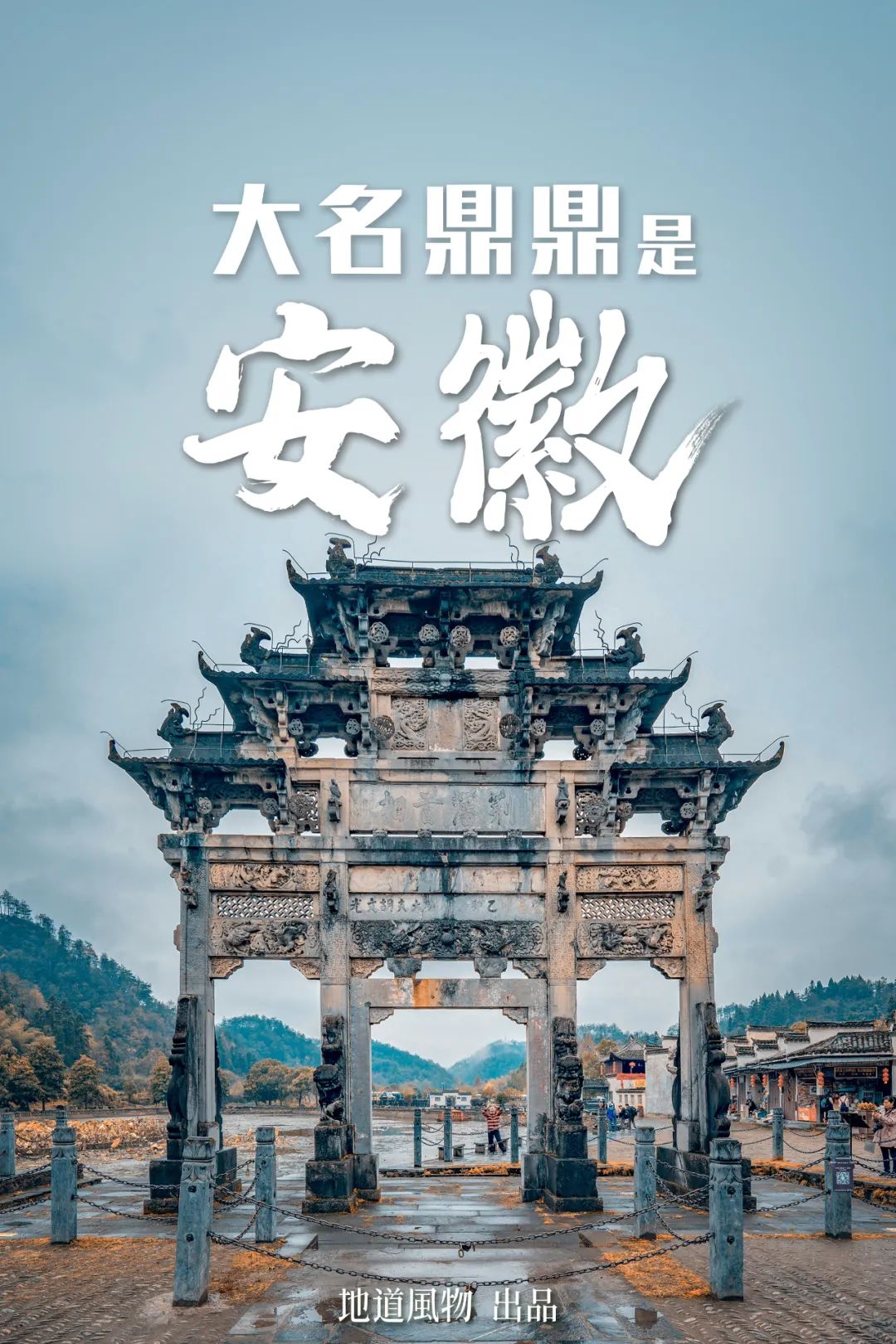
You may not know where Bengbu and Wuhu are, but you must have brushed these two stalks in the video barrage-
"Bengbu lived" ("Can't hold it")
"Wuhu take off" ("Woohoo takes off")
In fact, without the explanation of parentheses, everyone knows what it means. Coincidentally, the two homophonic stalks that must be "deducted" came from the same province, the place name of Anhui. Anhui, which has the least sense of provinces on the list all year round, has made stalks in the circle again and again, and brushed through the entire network.
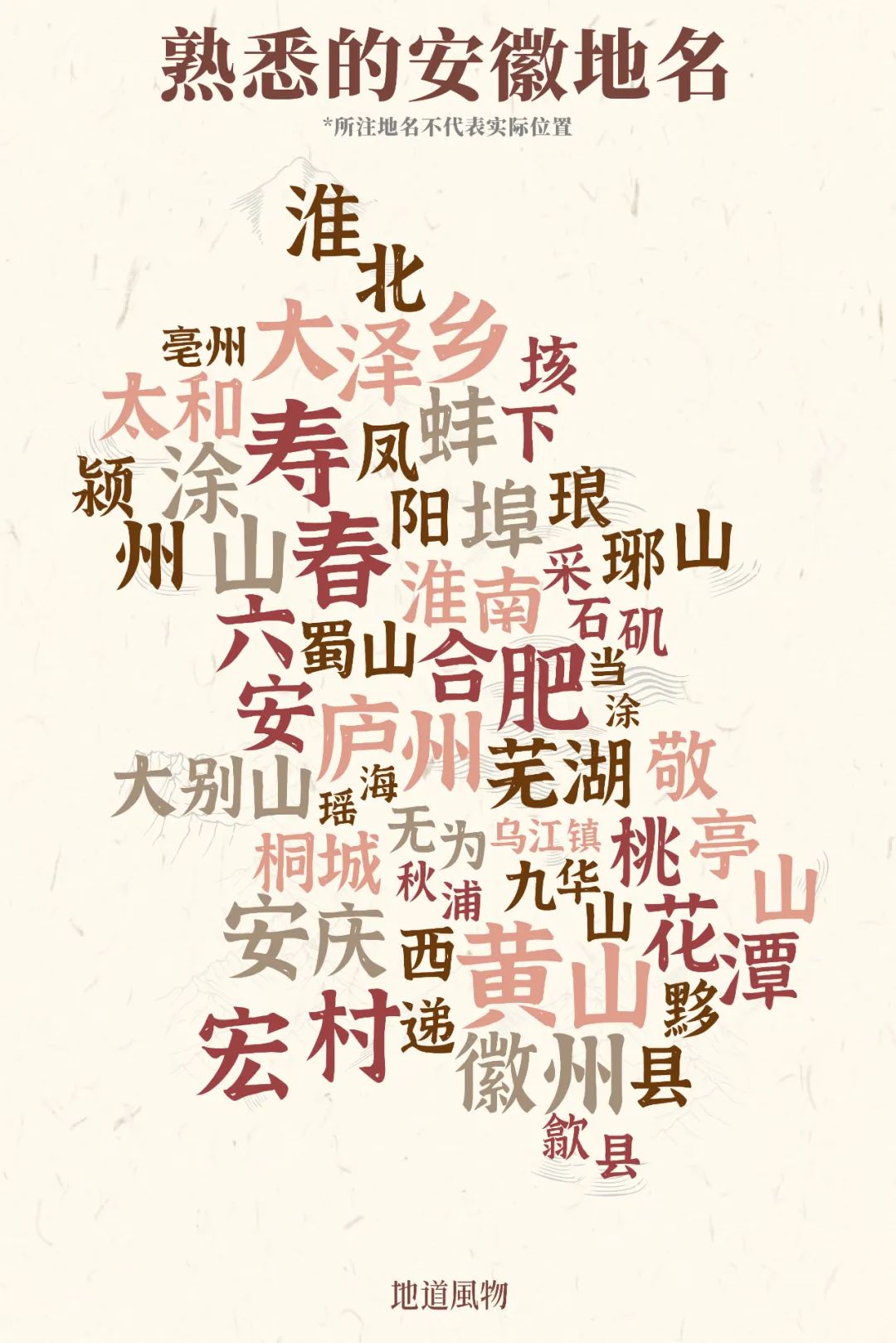
What else do you have?
Drawing/A bite SA soup almost sprayed out
Bengbu and Wuhu, one in northern Anhui, one in southern Anhui, a "pearl of the river", and a "waterweed in the lake". The north and south of Anhui were separated by two large rivers: as the Huaihe River, which was divided by the north and south geography, and the largest river Yangtze River, it was said that Anhui was the largest province in north and south in the country, and it was not exaggerated at all.
Therefore, she often appears in the controversy of "whether it is the north or the south" and "eating salty or eating sweet". The difference between north and south of Anhui is not only in terrain, climate, dialects, and food customs, but even place names.
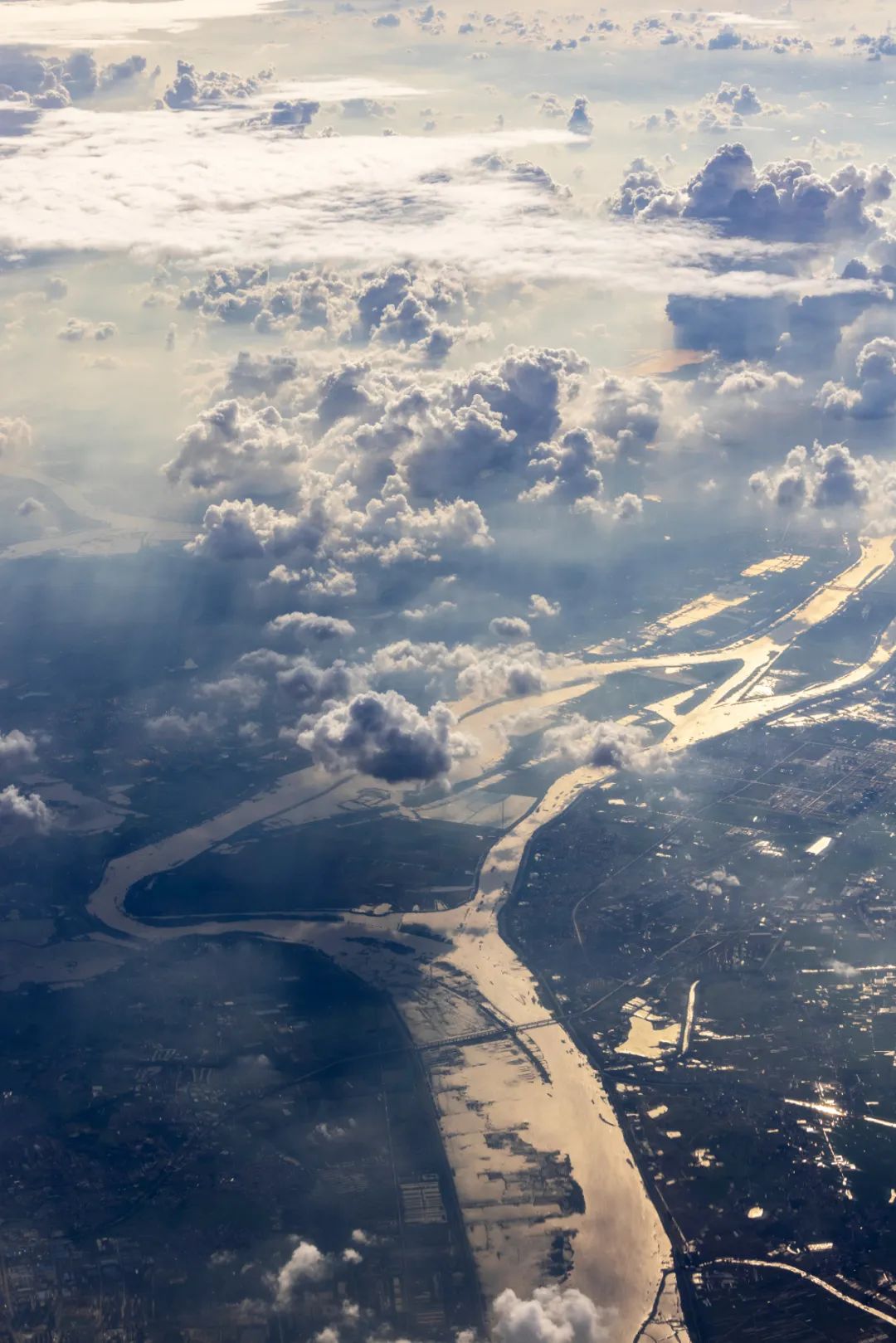
The north -south geographical division line -Huaihe flows from northern Anhui.
Photo/Visual China
Northern Anhui north of the Huaihe River, from the ancient capital of Yin Shang to Luzhou in the ancient capital of the Spring and Autumn Period, from the ancient battlefields of the soldiers to the old battlefield, to the old Temporary and Mengcheng of Lao Tzu and Zhuangzi, it was the heavy place names accumulated by the Central Plains farming civilization.

The Yellow River and the Huaihe River deposit out of the Northern Anhui Plain
The history here is as thick as the loess.
Photography/Fu Ding
The southern Anhui south of the Yangtze River, the magical Huangshan Mountain because the mountain is the backbone, and the autumnpi with water as the blood veins, the landscape is intertwined with the Jiangnan gas charm like ink painting; this is the most cultural place in Anhui, which is also born. The unknown place names such as the county and the county.
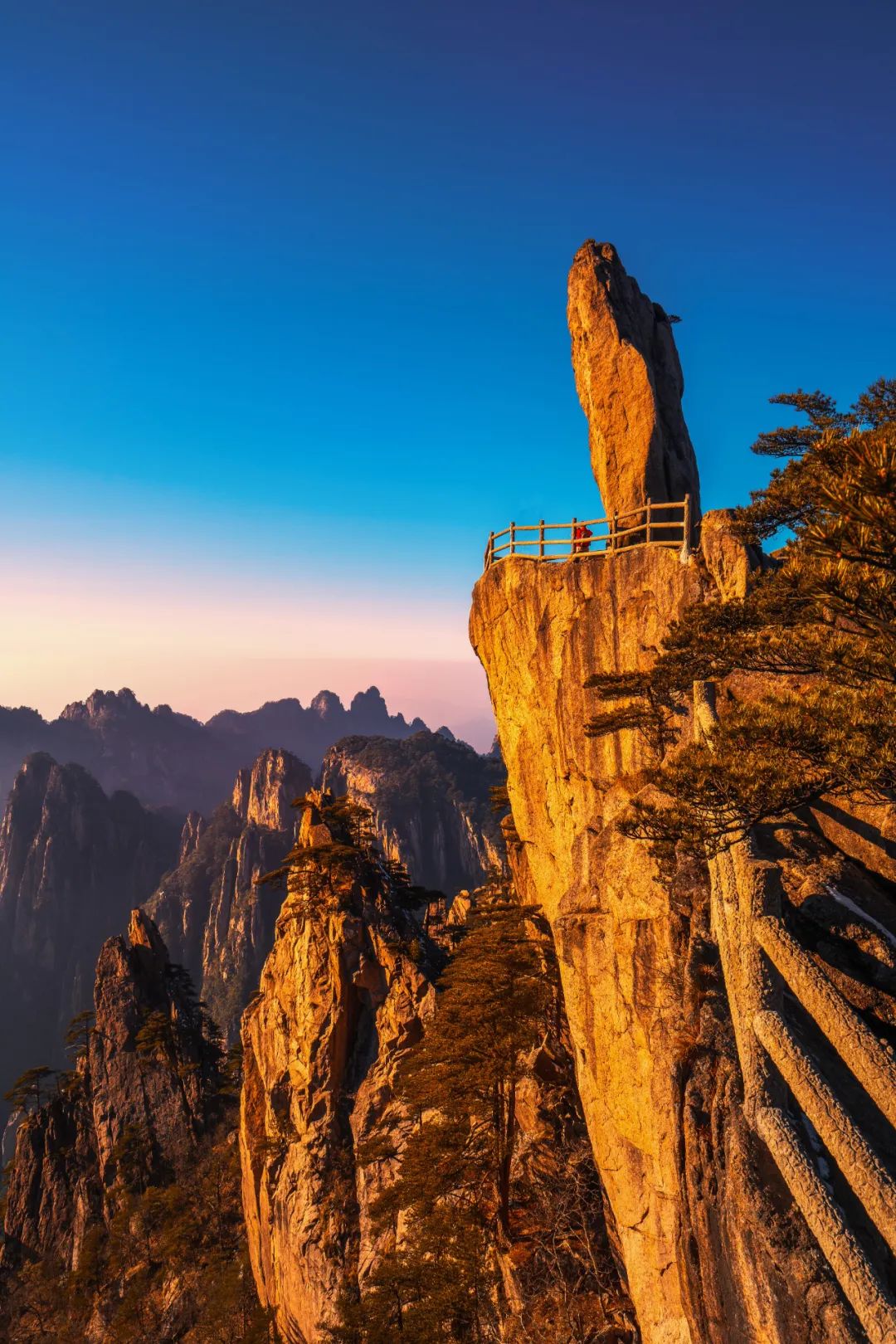
The first mountain in southern Anhui -Huangshan.
Photography/Shi Yaochen
Huizhou (now Huangshan) in Jiangnan, and Anqing, Jiangbei, contributed the provincial name of "Anhui". Between Jianghuai, central Anhui is compatible with north and south. The provincial capital Hefei, the place name is both magical, but also to accommodate mountains and rivers, lakes and lakes; small place names are not only remembered the "郢" of the old capital of Chu Kingdom, as well as the unusual and rushing of the South Water Village. The landscape is agile.
How big is the difference between north and south of Anhui, just see these stalks and materials!
In
Click to see, will you read these Anhui place names?
Photography/Sa soup almost sprayed out

South Anhui, graceful Jiangnan
Anhui's "face value responsibility"
The Huaihe River and the Yangtze River cut Anhui into three parts of similar, from the vast plain to the beautiful hills, to the dangerous mountains, and gradually increased from north to south. Go but freeze instantly.
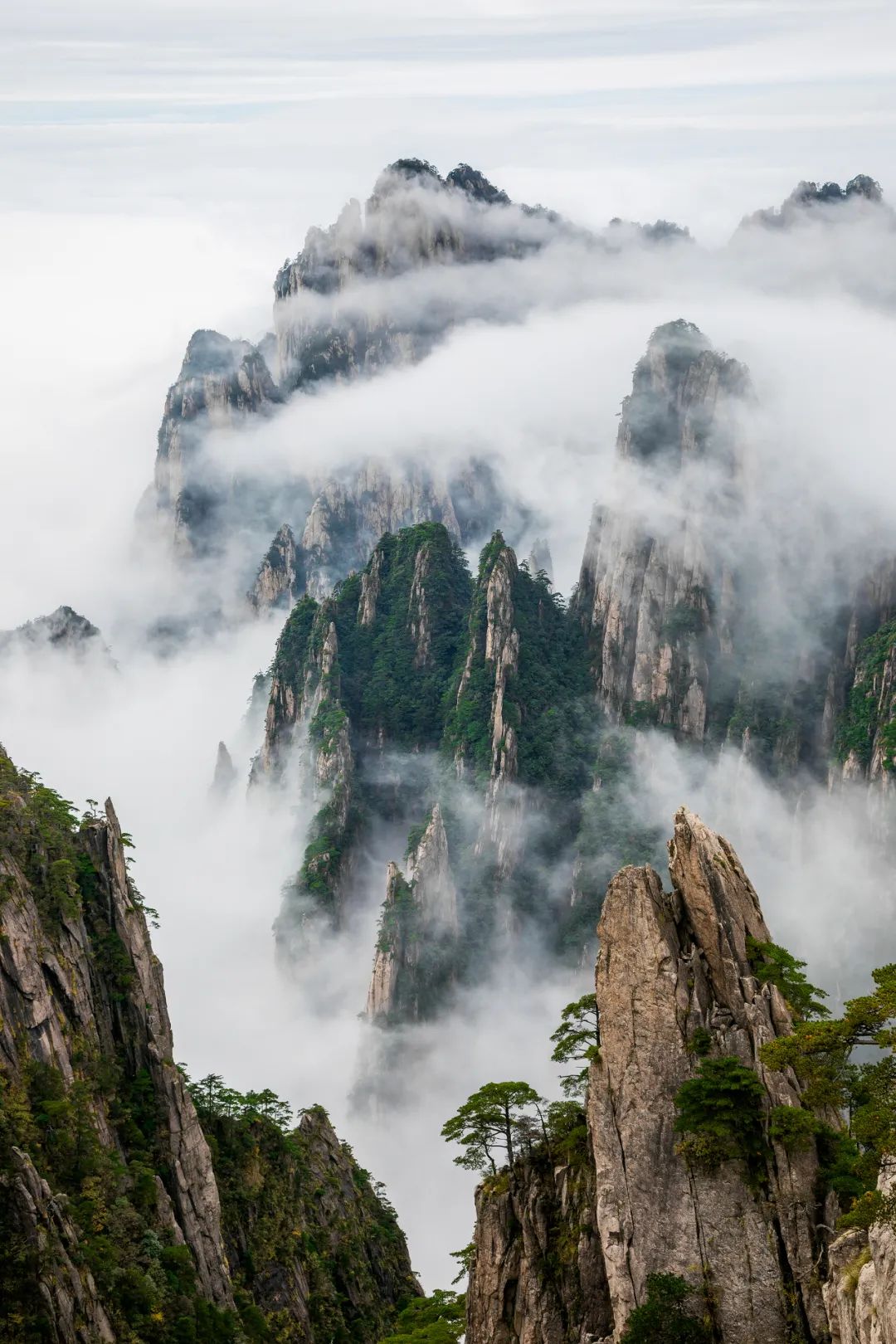
The clouds surrounded by the clouds, Qi Song stands on the stone.
Photography/Fang Thomas
The Yangtze River coast and south, Chizhou, Tongling, Xuancheng, Huangshan, Wuhu, and Ma'anshan, are adjacent to Jiangsu and Zhejiang in the east, and Jiangxi in the south. This is called southern Anhui.
In the southern Wan Mountain, in addition to the Huangshan Mountain of "The First Qishan in the World", there is also Jiuhua Mountain, one of the "Four Famous Mountains in Chinese Buddhism", and Qi Yunshan, one of the "Five Fairy Mountains". Ascend to the far away, flying the sky, the bamboo sea is lush, like a fairyland.
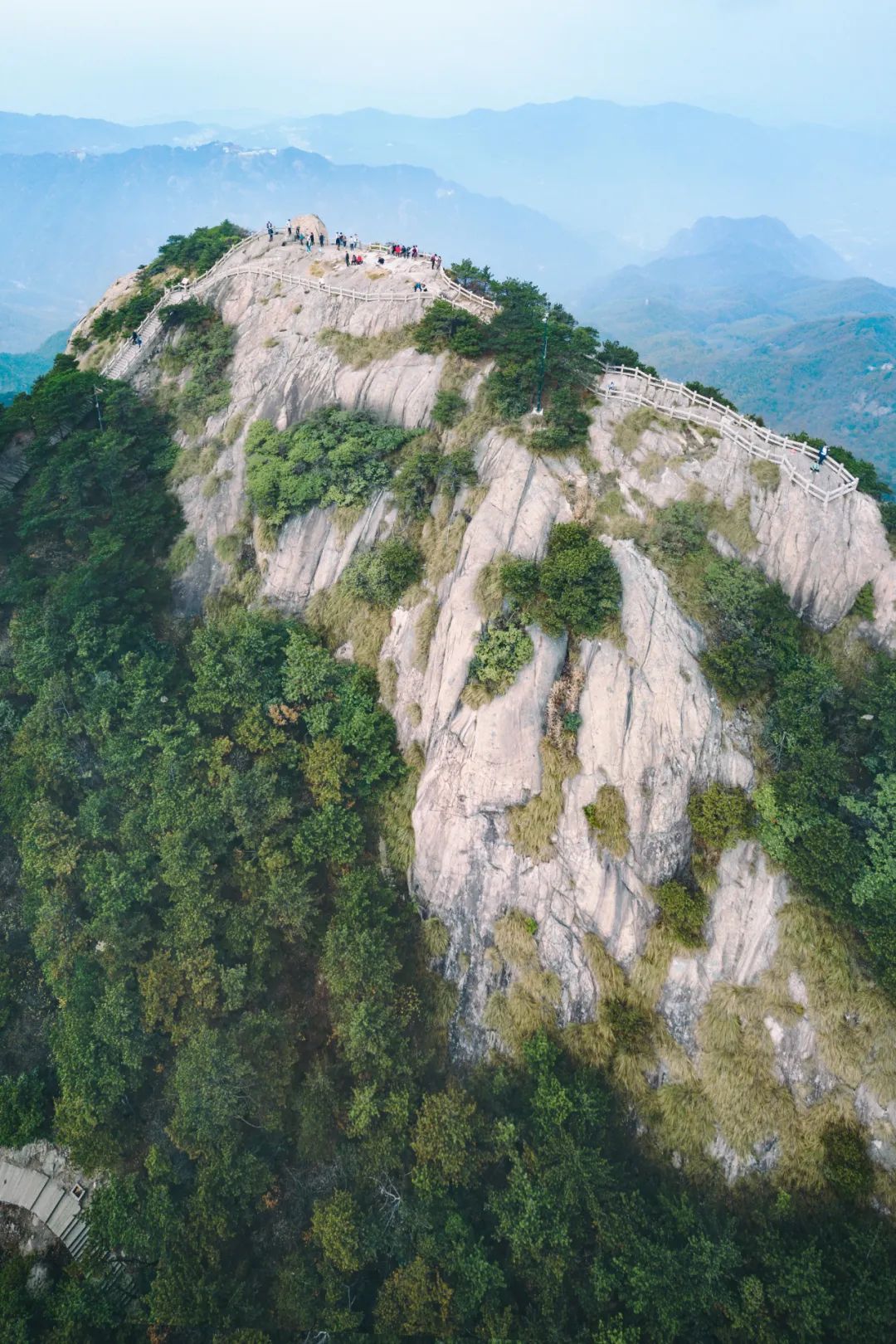
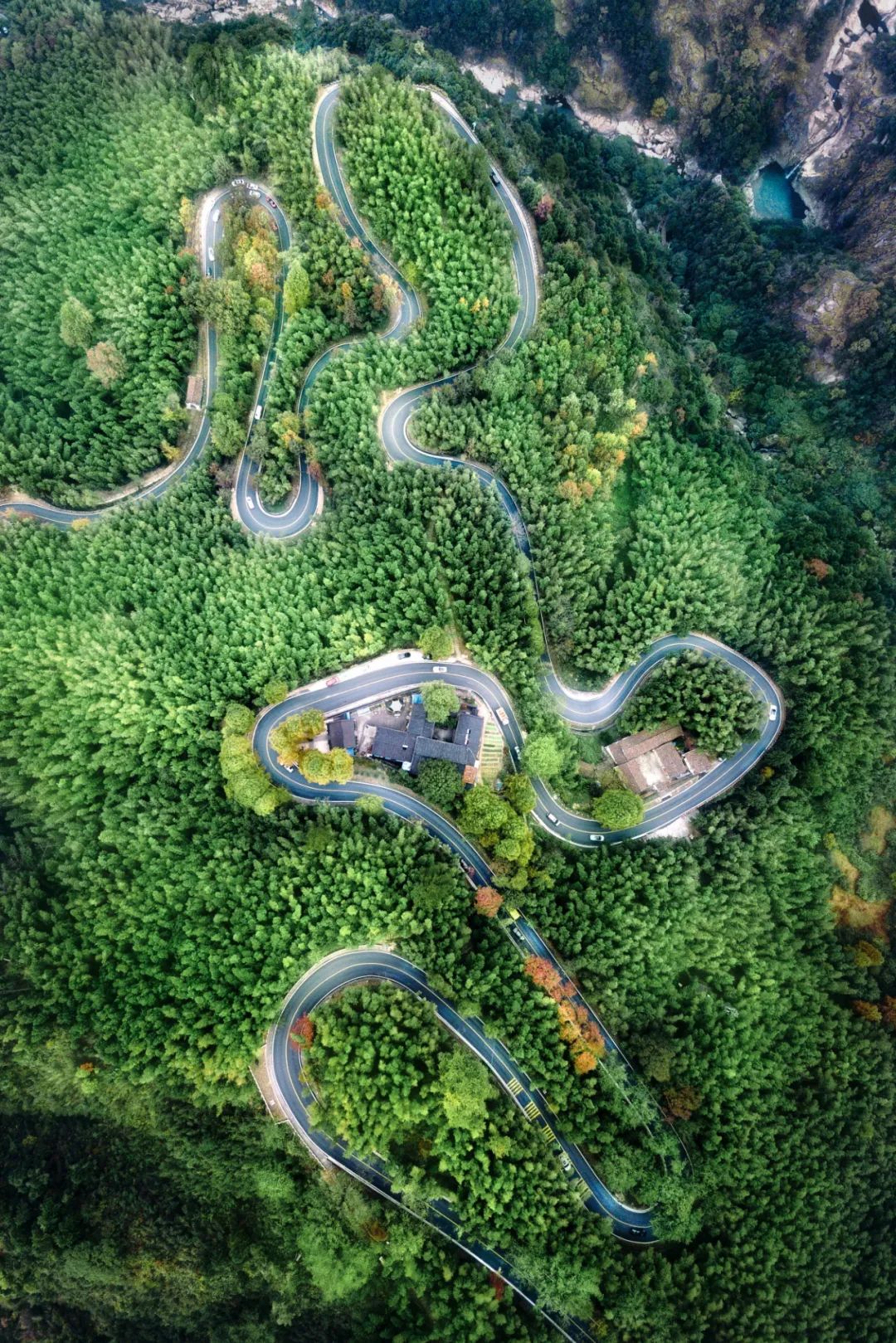
Slide to the left
Jiuhua Mountain, one of the four famous mountains in Chinese Buddhism.
Photography/Lu Wen
There are also more water in southern Anhui. In addition to the Yangtze River and the Huaihe River, the southernmost side of the river is also the mother river of Huizhou people -Xin'an River. The three major water systems can also be divided into "three Anhui". On the hilly plains on both sides of the Yangtze River, rivers and lakes are vertical and horizontal.

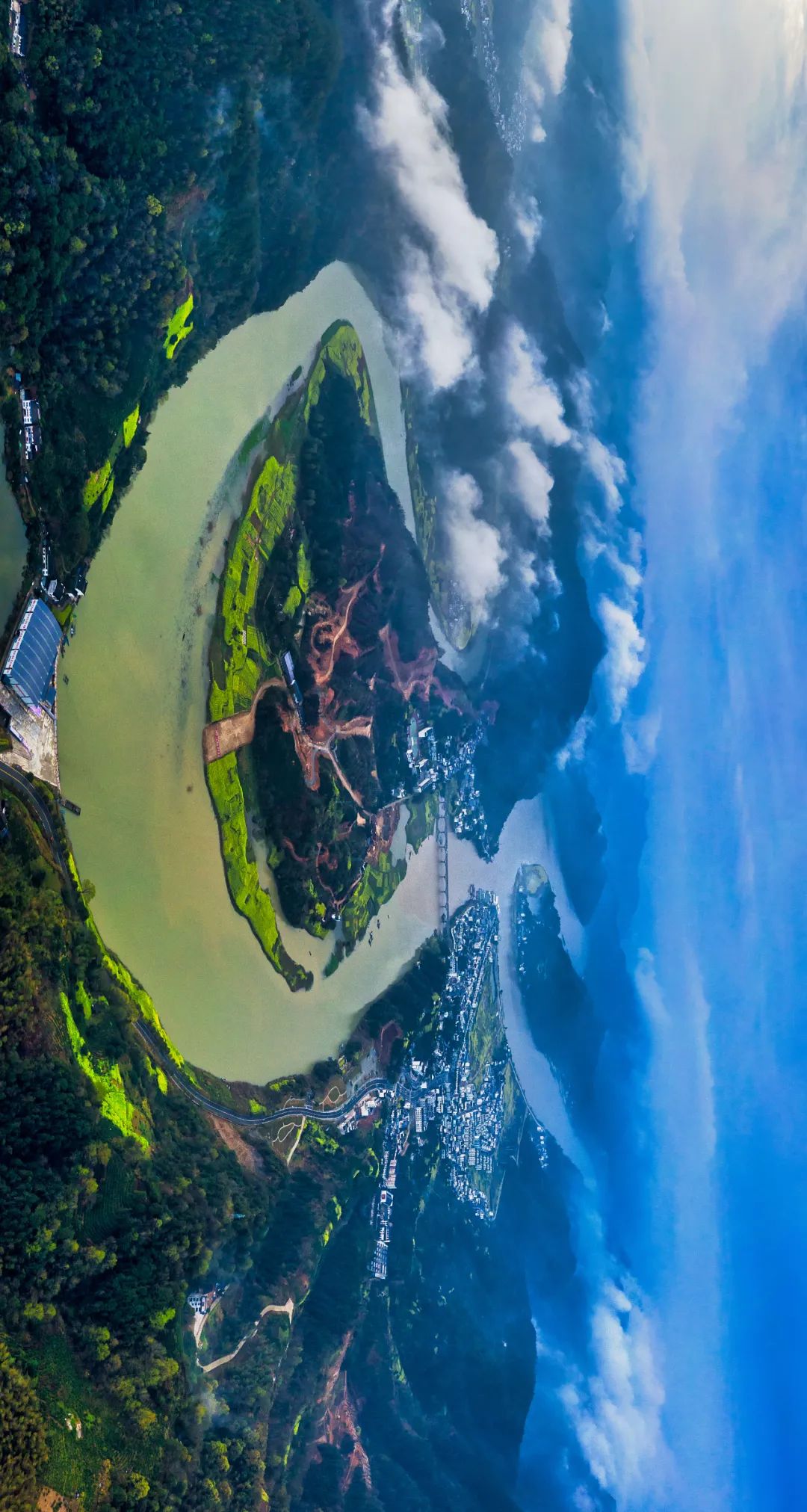
Xin'an River, the mother of Huizhou people.
Photo/Visual China
In the summer, the rain is raining, and the autumn are gorgeous in autumn. Plant rice and tea here, just like the graceful Jiangnan we imagined. Those who love to drink tea can probably learn from the name of the southern Anhui from a large number of tea -Huangshan Maofeng, Qimen Black Tea, Taiping Monkey Kui, Yongxi Fire Qing, Xiu Ning Songluo, Langxiang, Xixian County .. ....
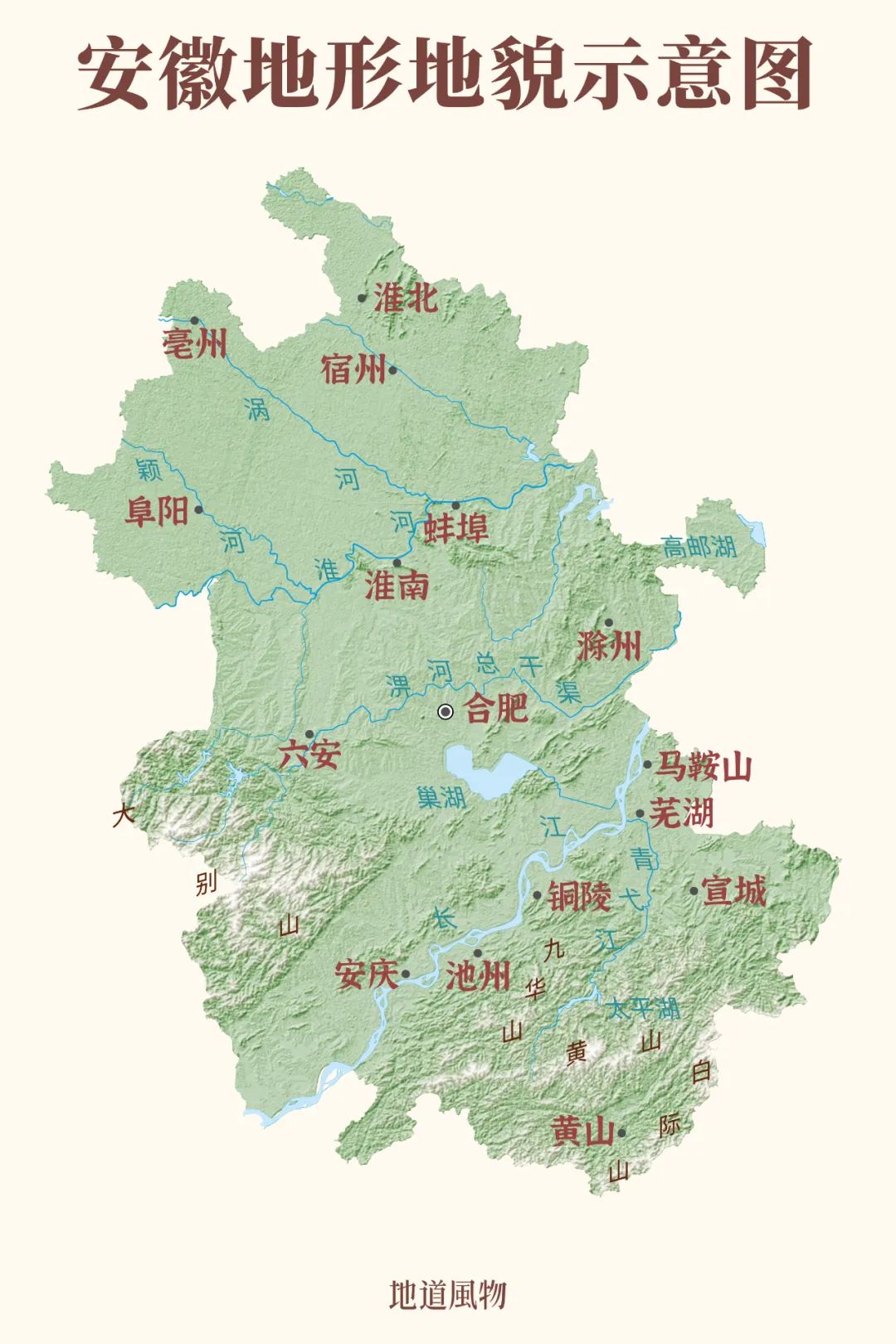
The Yangtze River and the Huaihe River separated the "three Anhui".
Map/Sun Lu
South Anhui is the most poetic place in Anhui. The place name in southern Anhui is also beautiful like landscape painting. Named by water, the most famous one is undoubtedly Wuhu. In the Western Han Dynasty, it is said that there is a large lake in the local area. Wuhu also has an individual name -Jiuzz, which is also related to water. Because it is located on the shore of the Changjiang River, the water grass is rich and the dovebird gathers.
Wuhu Jinghu, a southern country of water rhyme.
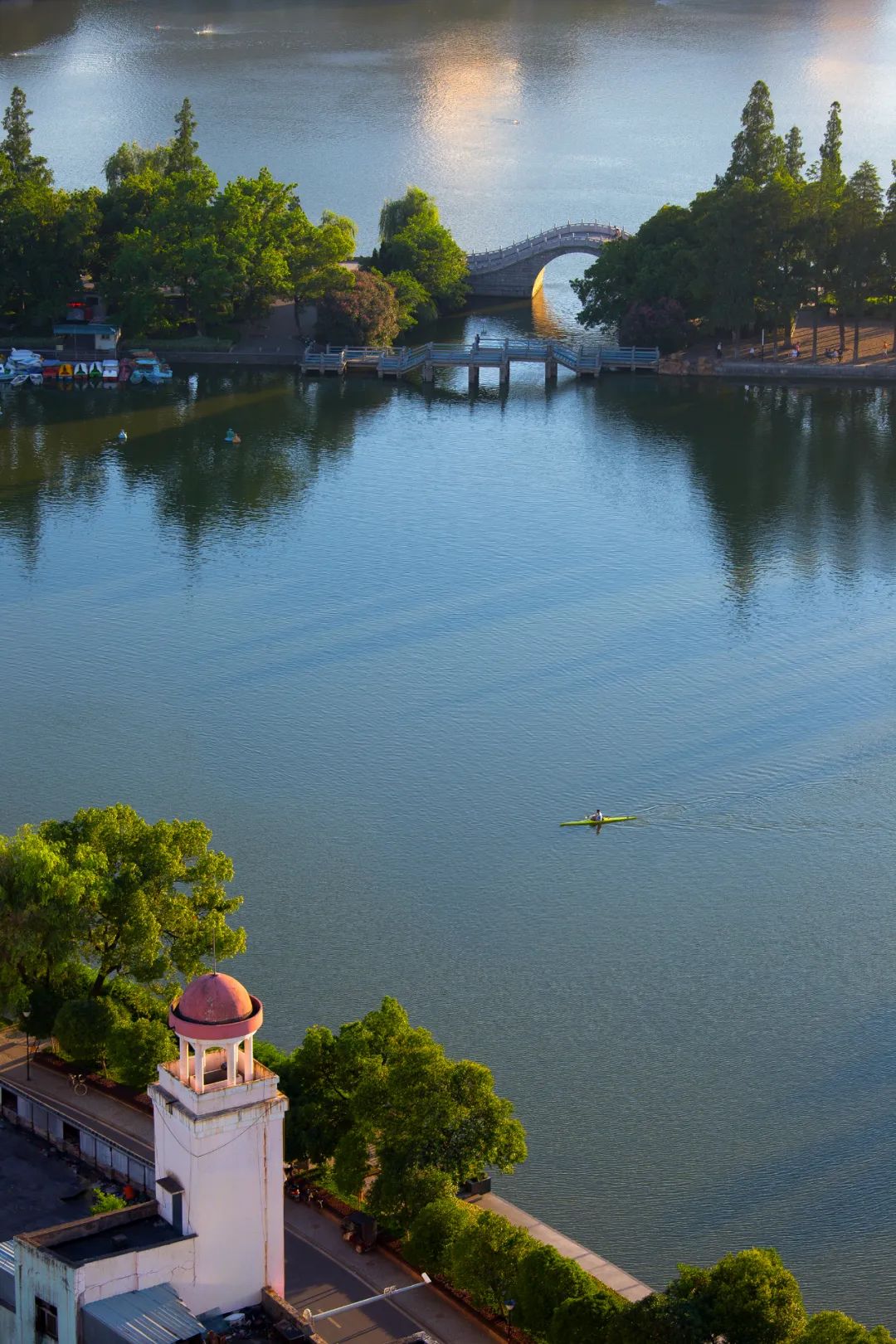
Photography/Fang Thomas
The county and districts of Wuhu are also a "water spirit". The Jinghu District was named after the Jinghu excavated during the Southern Song Dynasty; the names of Jiujiang District were the Kouz section of the Yangtze River; the Yijiang District passed through the Qingyi River, where it was merged into the Yangtze River.
In addition to Wuhu, there are also performance streams -two streams are intertwined with performance; Guichi, Prince Liang Zhaoming Xiao Tong praised the "good water fish beauty" here; Chizhou, "takes Guichi as the state." Chizhou's alias is very poetic, called "Qiupu". It is named after the Qiupu River, a "flowing poetry river". the legend of.
Jixi Longchuan, rapeseed fields outline the river bank.
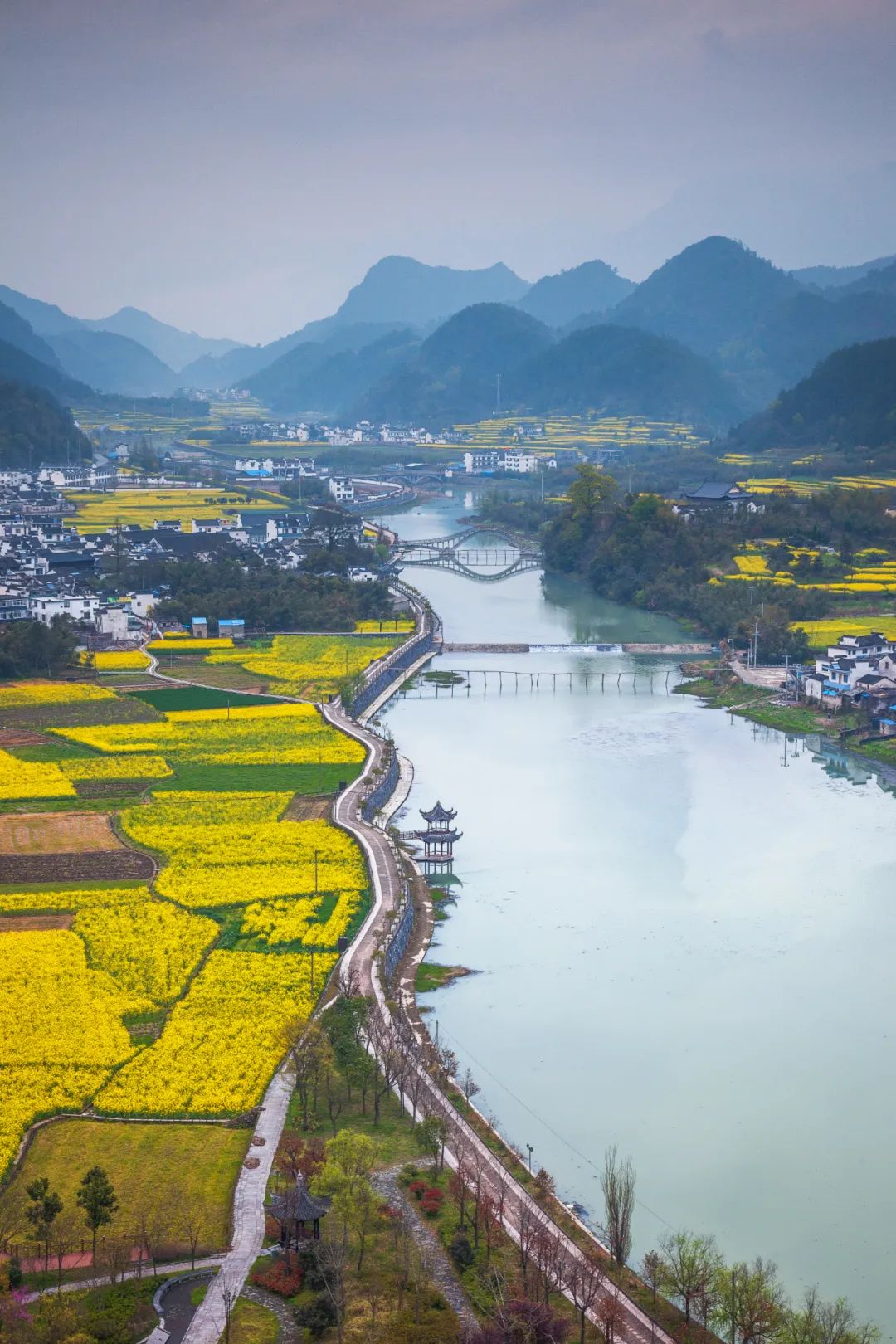
Photography/Fang Thomas
It is named after the mountain, and there is Yixian County at the foot of Huangshan. Because Huangshan was known as "Laoshan" in ancient times, the name of the county was logical. Qimen also has a great fate with the mountain. There is Qishan in the northeast of the county and a gates in the southwest, so the name is "Qimen". Ma'anshan is naturally named in the name of the mountain. After the death of Xiang Yu in folklore, the saddle of the black horse dropped the river and turned into Ma'anshan.
Mountains and water pregnancy, the place name of southern Anhui is full of poetry. Li Bai's famous poem "Look at each other, only there is only Jingting Mountain" in Jingting Mountain and the Taohuatan of "Taohuatan Water", all in Xuancheng today. Xuan paper, Xuanbi, and Xuanjiu, named after Xuancheng, have achieved the Wenqi Jiangnan in the hearts of the ancients.
Slide to the left
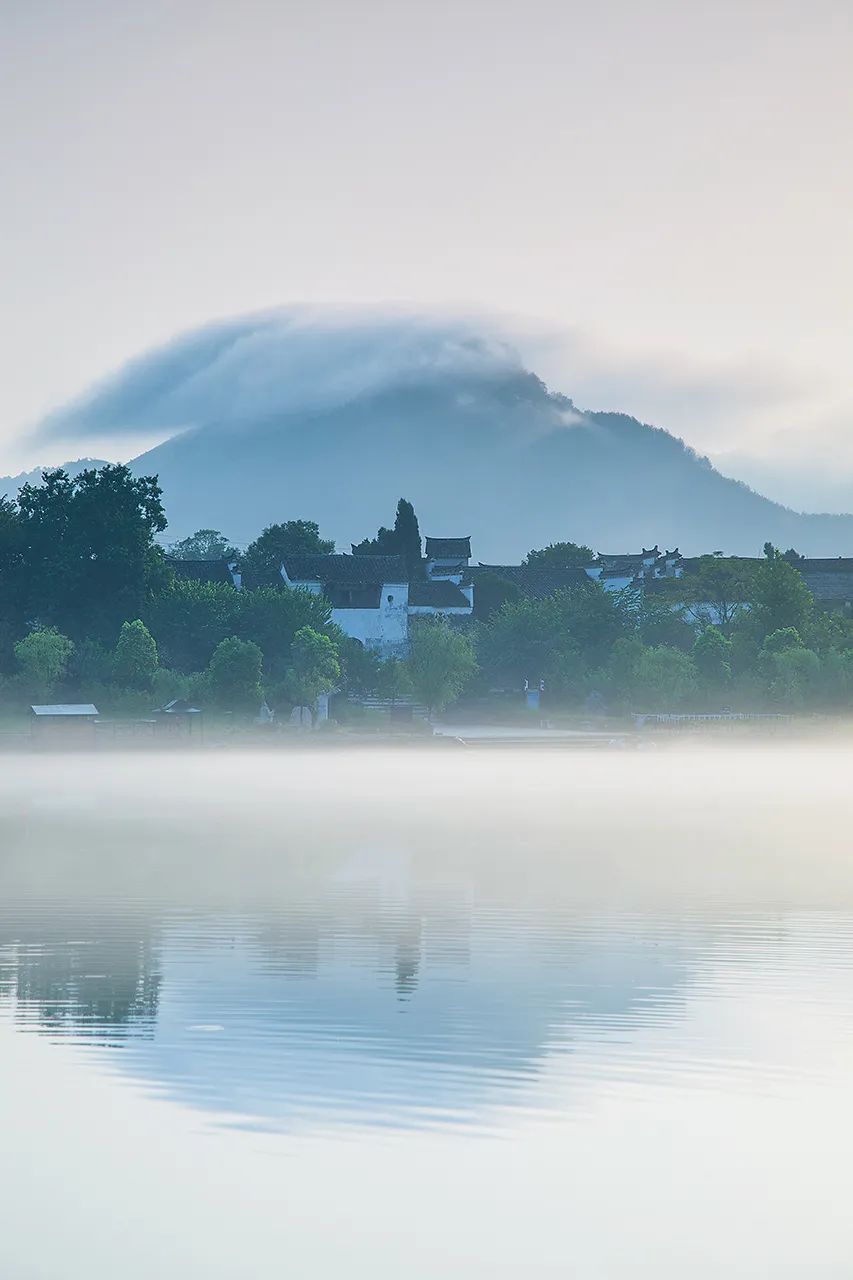
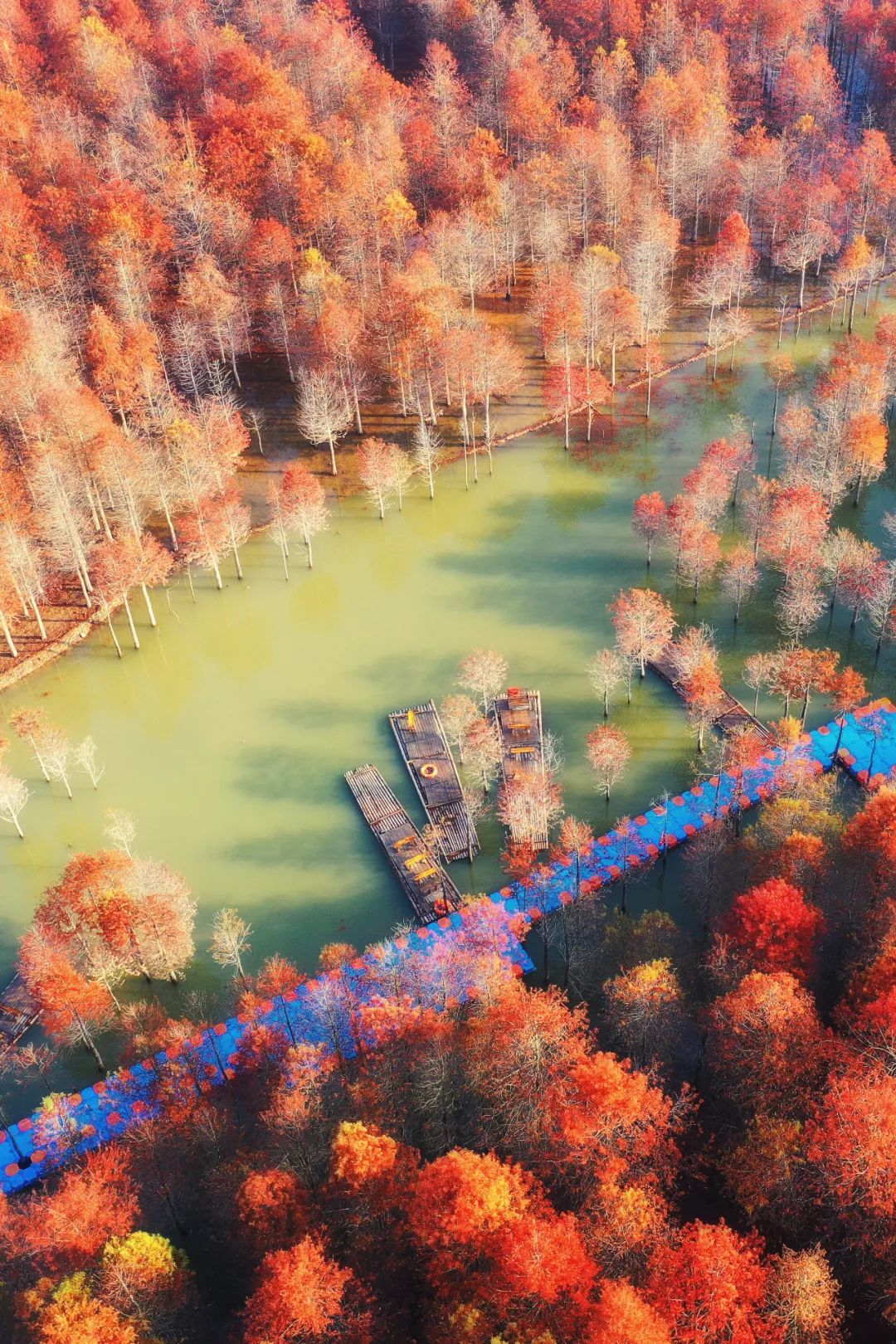
Figure 1: Taohuatan in the morning mist looks like a fairyland. Photography/Fang Thomas
Figure 2: Autumn in Xuancheng Luoyu Wetland Park. Photography/Li Qiong
Huizhou also became a dream place for literati and Mo Ke. Tang Xianzu wrote: "Lifetime is obsessed with a dream, and no dreams have been dreaming about Huizhou." Many people think that this poem is actually degrading Huizhou. The Huizhou during the Ming and Qing Dynasties was the place where everyone envious. The Huishang rich can be the enemy of the country, and Tang Xianzu disdain him, so he wrote this poem.
Slide to the left
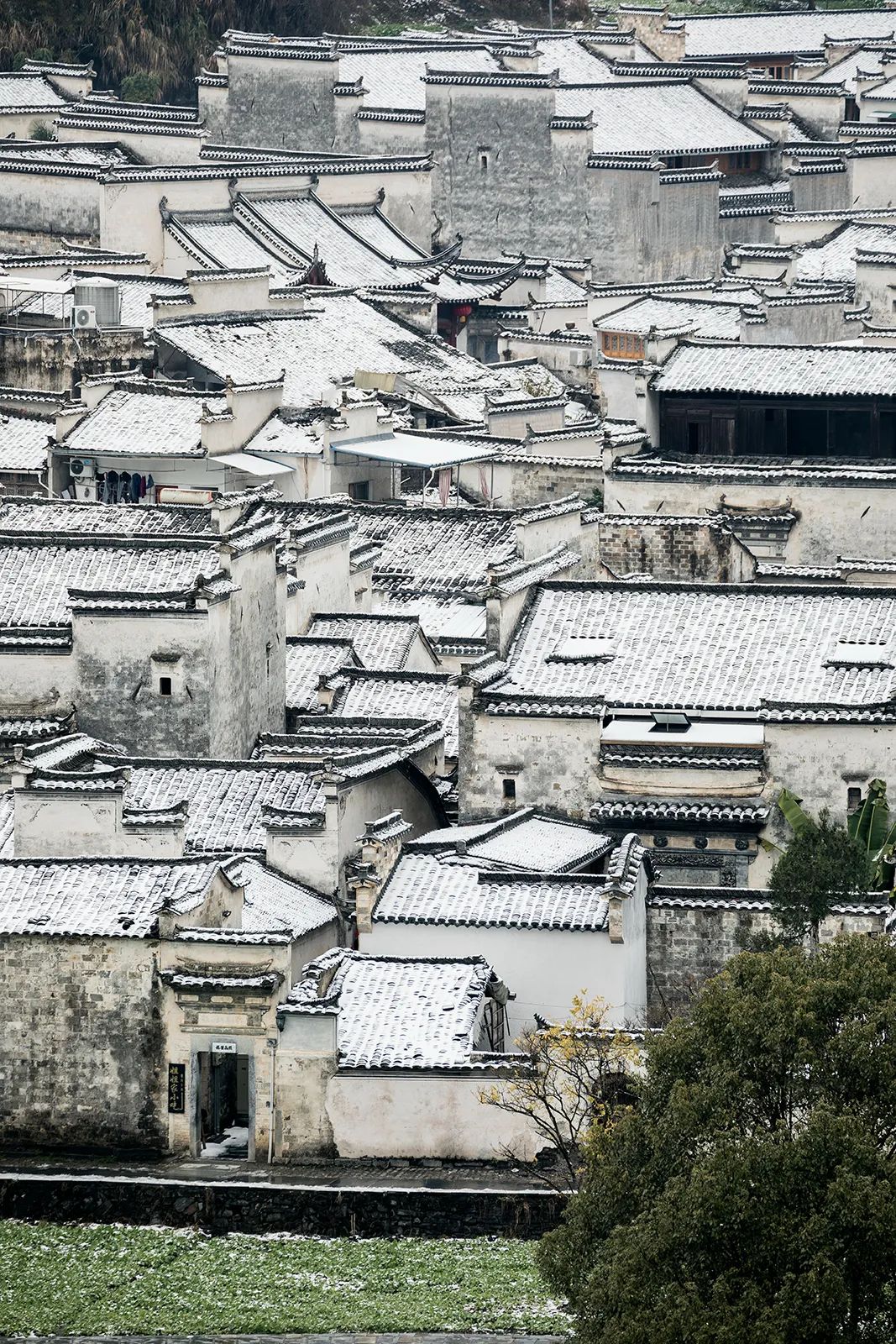
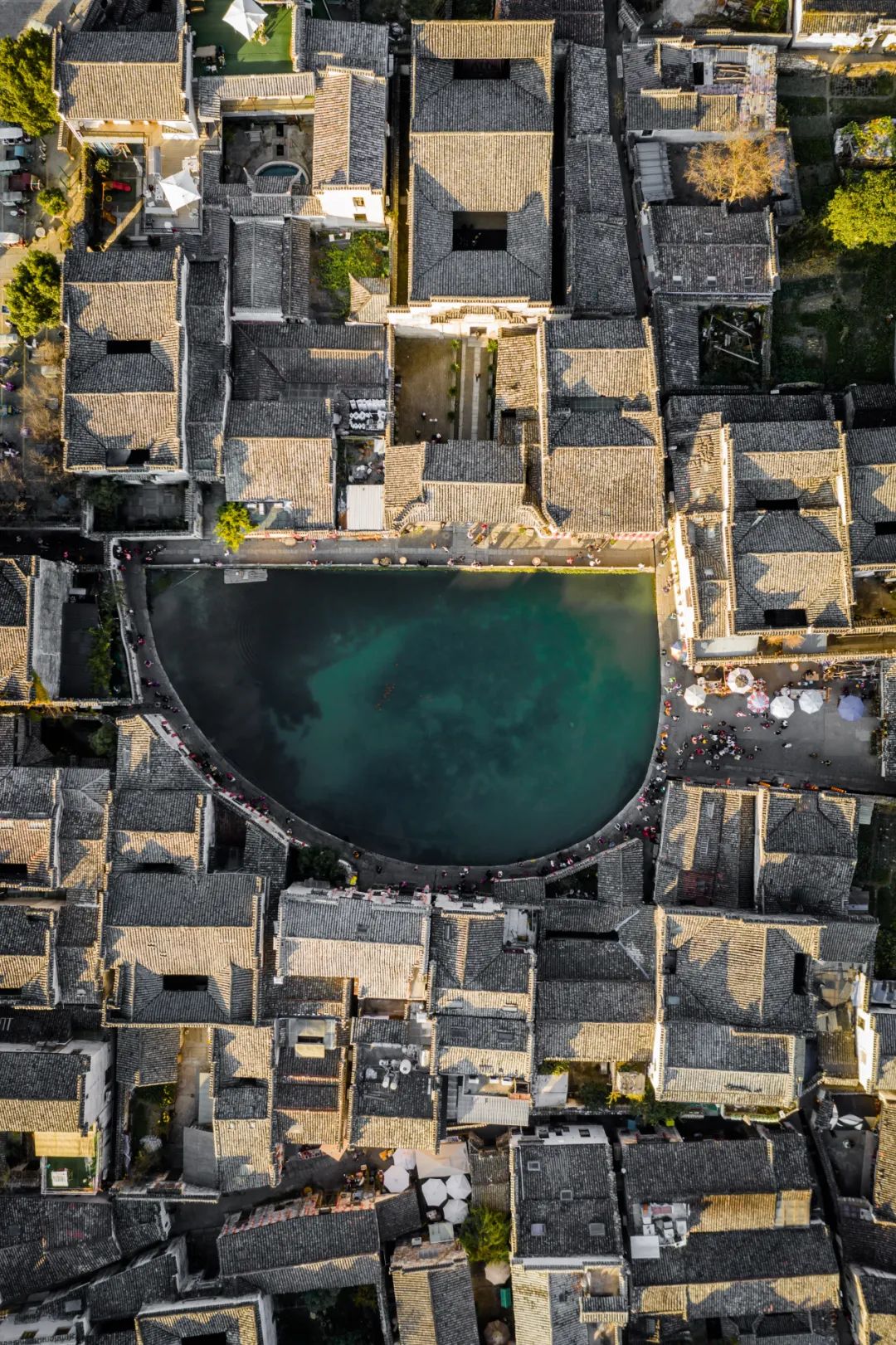
Figure 1: West Express Hui School. Photography/Fang Thomas
Figure 2: Hongcun Yueyue. Photography/Li Wenbo
Interestingly, the prosperous Huizhou in the eyes of Tang Xianzu is now a symbol of simplicity and quietness. This contrast makes the place name "Huizhou" have a different impression in the hearts of several generations. Today, no matter which road enters Huizhou, it is a fresh and elegant ink and ink -length scroll.
Qingshan, green water winding, tree shadow -shadow, 峥 archway, pink walls of Daiwa's houses, and ancestral ancestral ancestral cottage. The bridge is crescent, the sky of Tama ... In addition to Huangshan, the world's cultural heritage of Anhui is the ancient residence of Xidi and Hongcun in Huizhou. Today, the ancient village of Huizhou is a sketching place recognized by art students.
Slide to the left
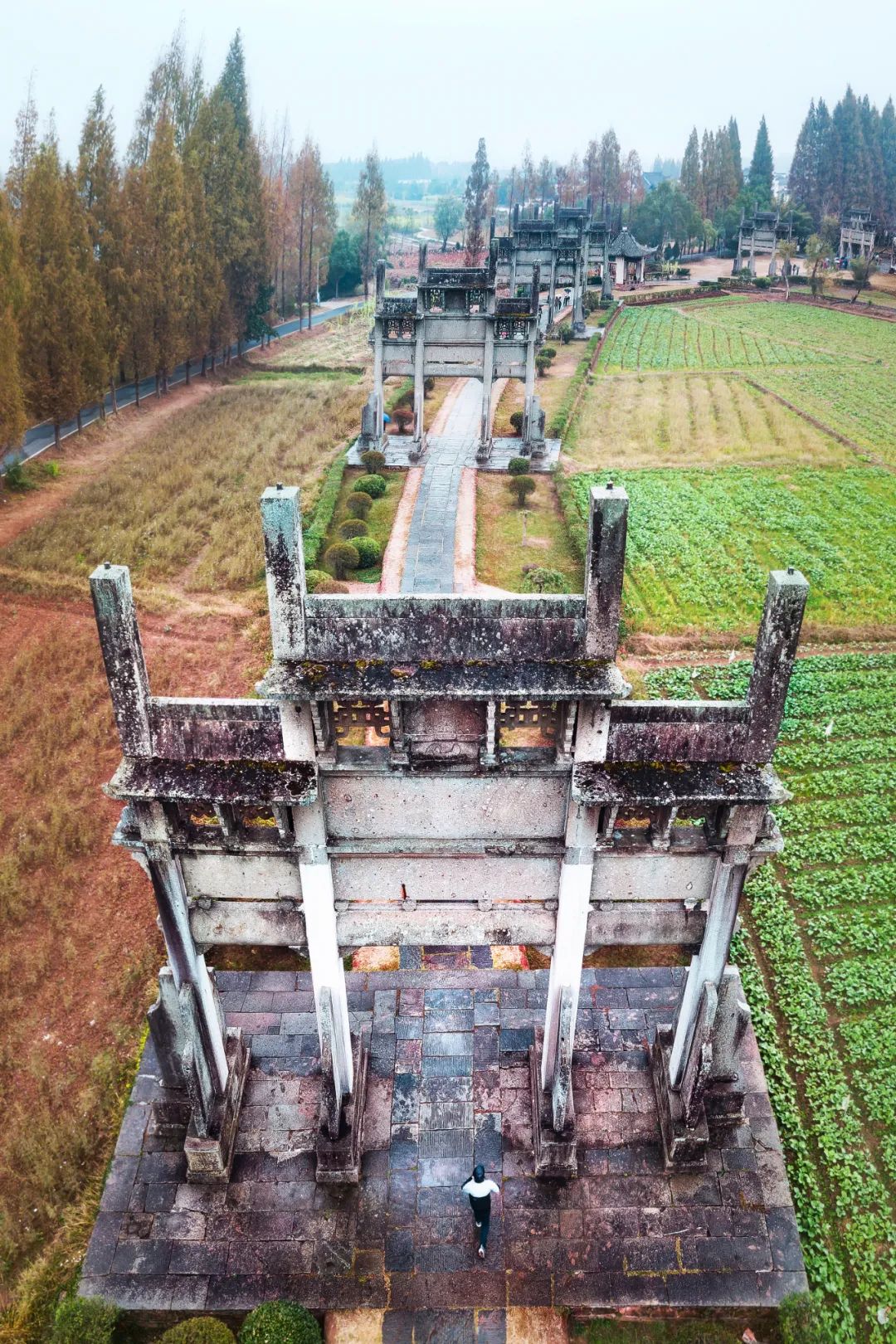
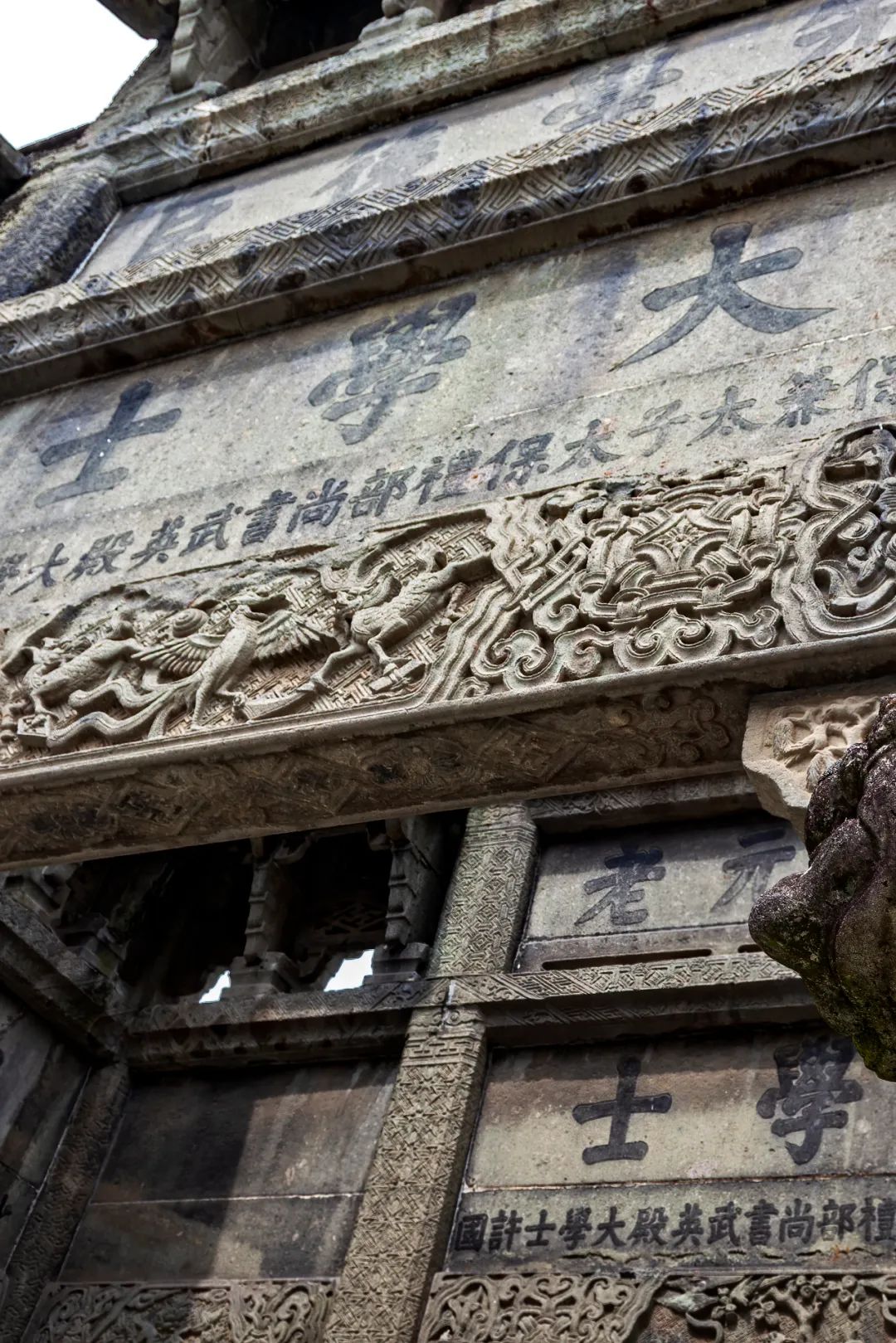
Figure 1: Tangxian Ancient Arch of Tongxian County. Photography/Lu Wen
Figure 2: Xu Guo archway in Qixian County. Photography/Mukeqiang
In southern Anhui, there are other place names, which are "replicated and pasted" from the north.
During the Wei, Jin and Northern and Southern Dynasties, Wuhu chaos, moved south of the Jin Dynasty, and the people of the Central Plains crossed the river to escape, and brought the place names of the homeland. In the long historical process, some overseas Chinese and counties disappeared, but some of them were anti -customers, replacing the original place names. Today's Nanling, Fanchang, and Dangtu are this kind of strong overseas Chinese prefecture. The original Fanchang was in Xuchang, Henan today, and now it is in Wuhu in Jiangnan.
Slide to the left
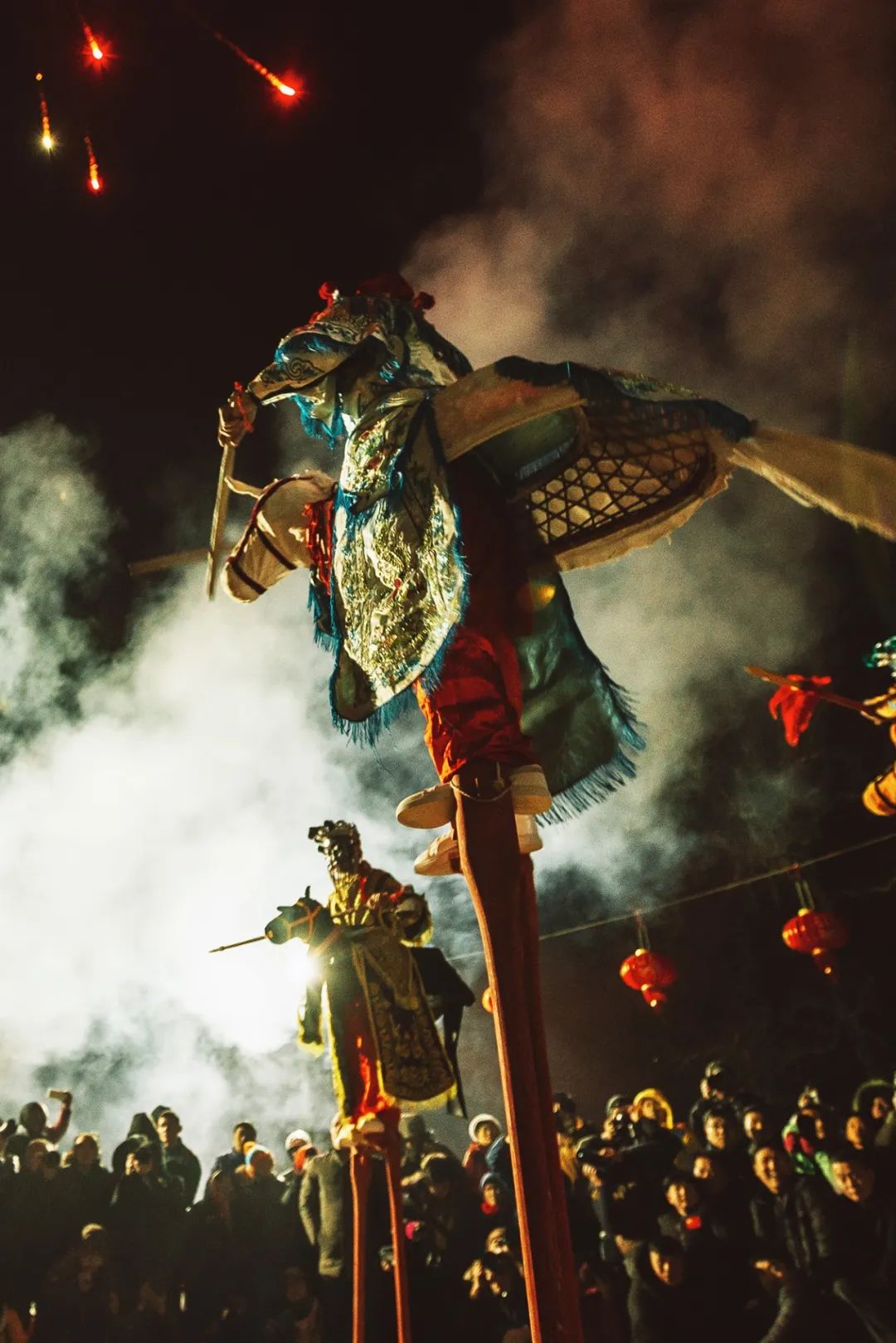
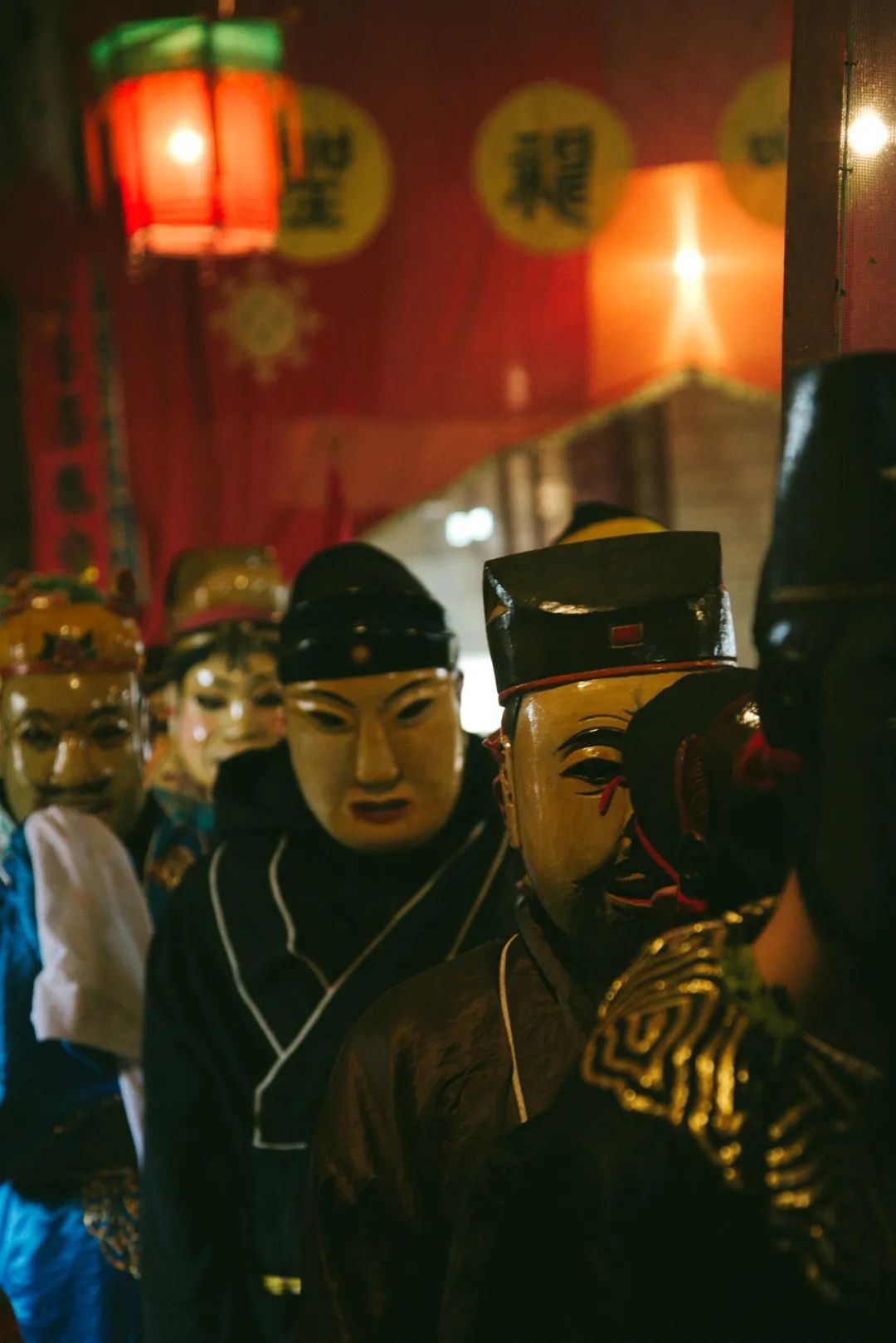
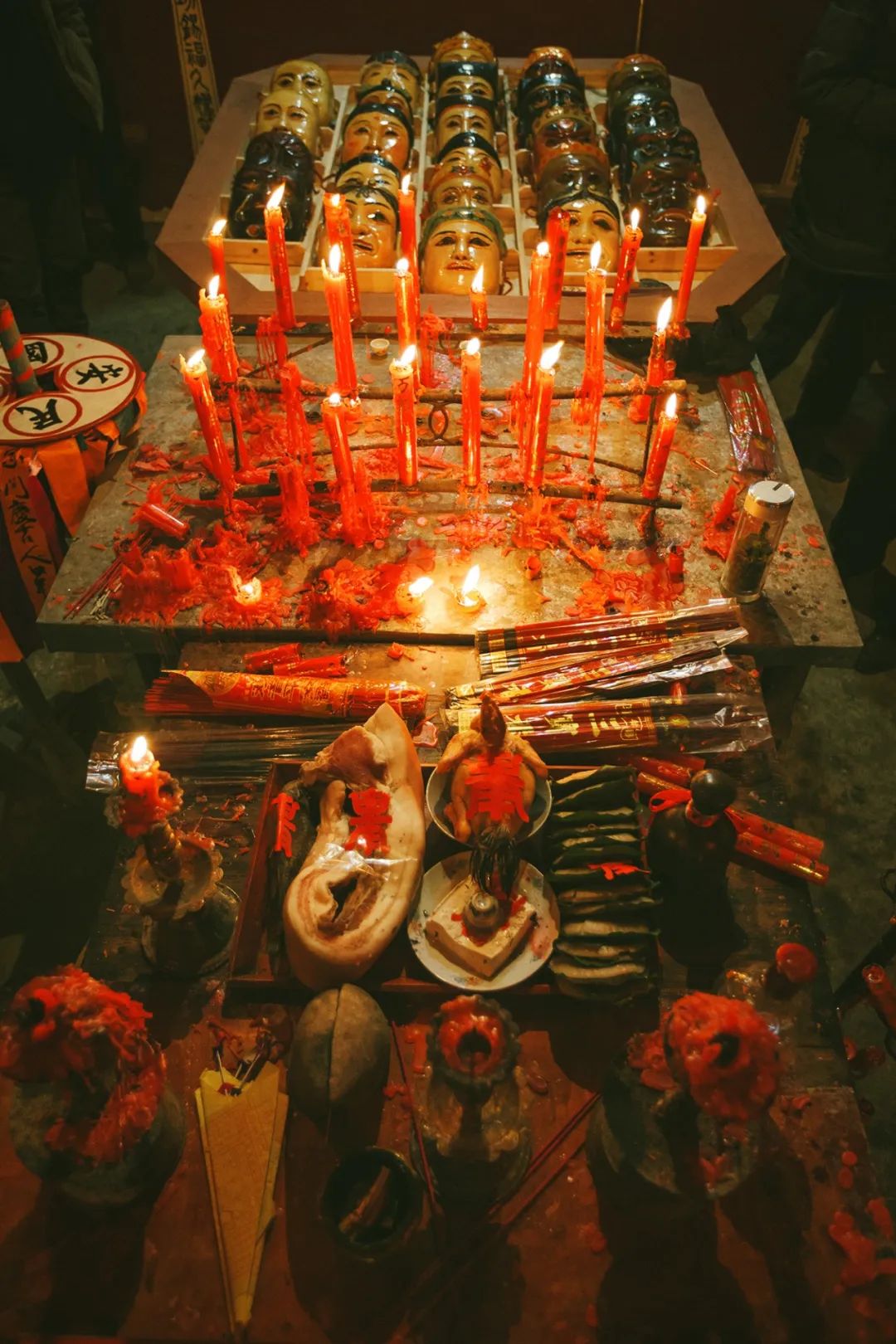
Chizhou's drama is known as "opera living fossils".
Photography/Fang Thomas
Before China's political and economic focus moved south, north of the Yangtze River and north of the Huaihe River was far developed and exciting than southern Anhui. Anhui in northern Anhui has a very different look from southern Anhui.
Slide to the left
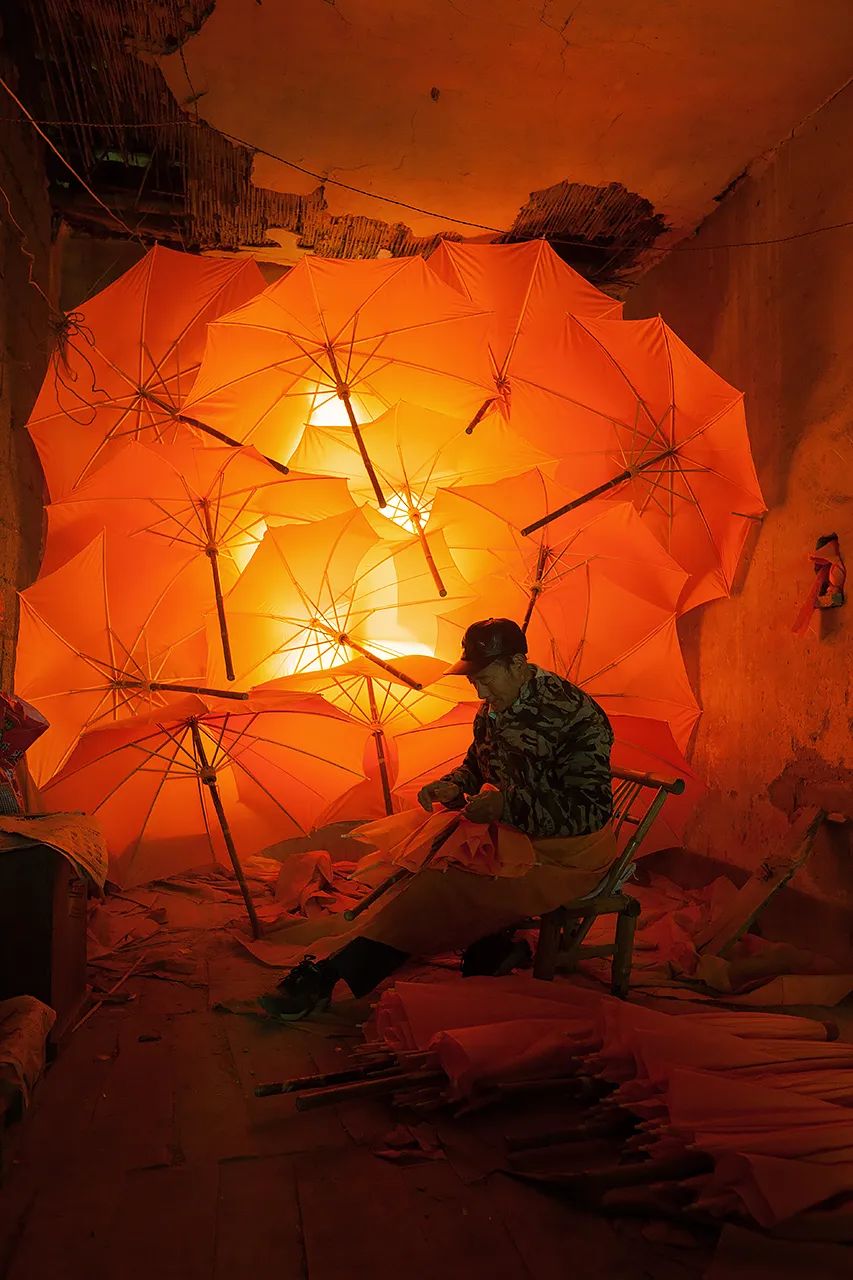
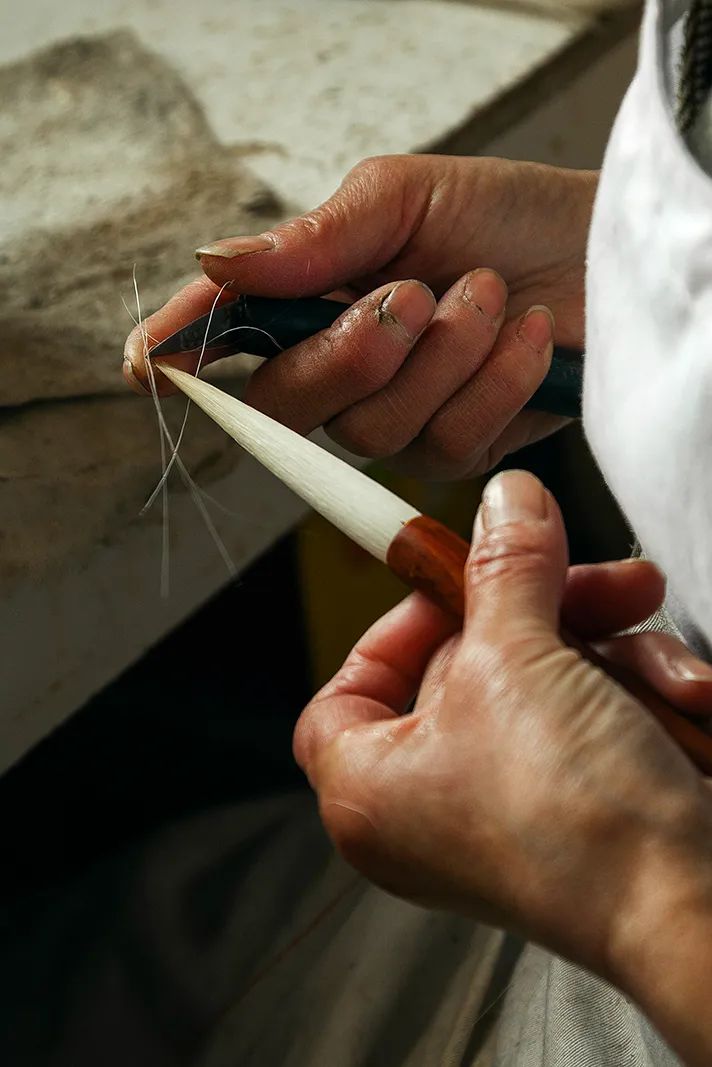
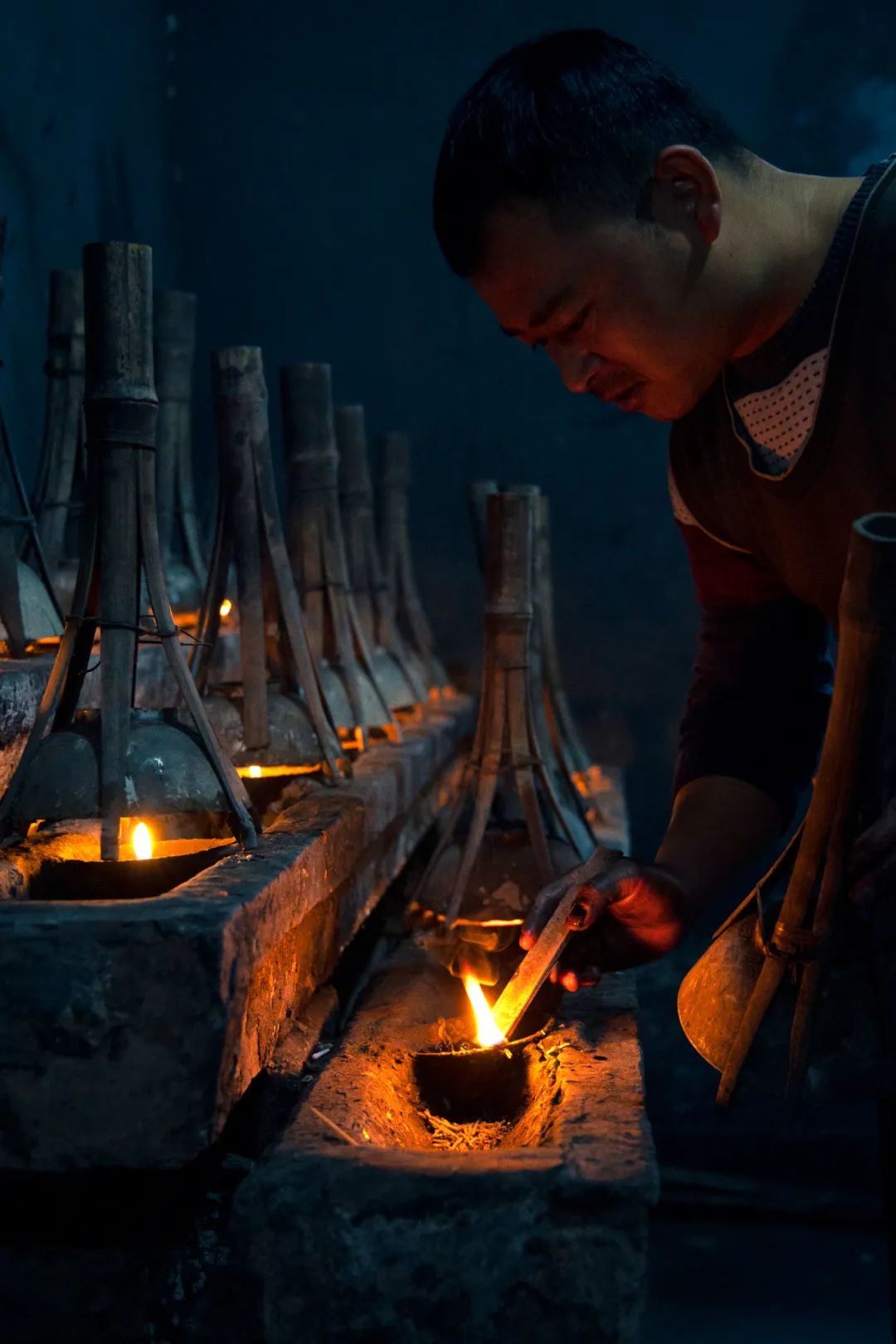
Representative of Huizhou Culture:
Hand -made oil paper umbrella, Xixian Xuanbi, Hui Mo.
Photography/Fang Thomas
Northern Anhui, strong Central Plains Wind

Anhui's "History Class Representative"
It may be Anhui people who speak Wu Nong's soft language, and it may be Anhui people who are managed by the Central Plains. Essence
It belongs to the Huanghuai Plain, and the Yellow River and the Huaihe River are accumulated. Wo wild thousands of miles, autumn wheat and summer corn, which bred China's 10 billion granaries. People here eat steamed buns, drink porridge, listen to the drama, and have a strong Central Plains style.
Bleak
Wo Ye Qianli, Huanghuai Plain in northern Anhui.
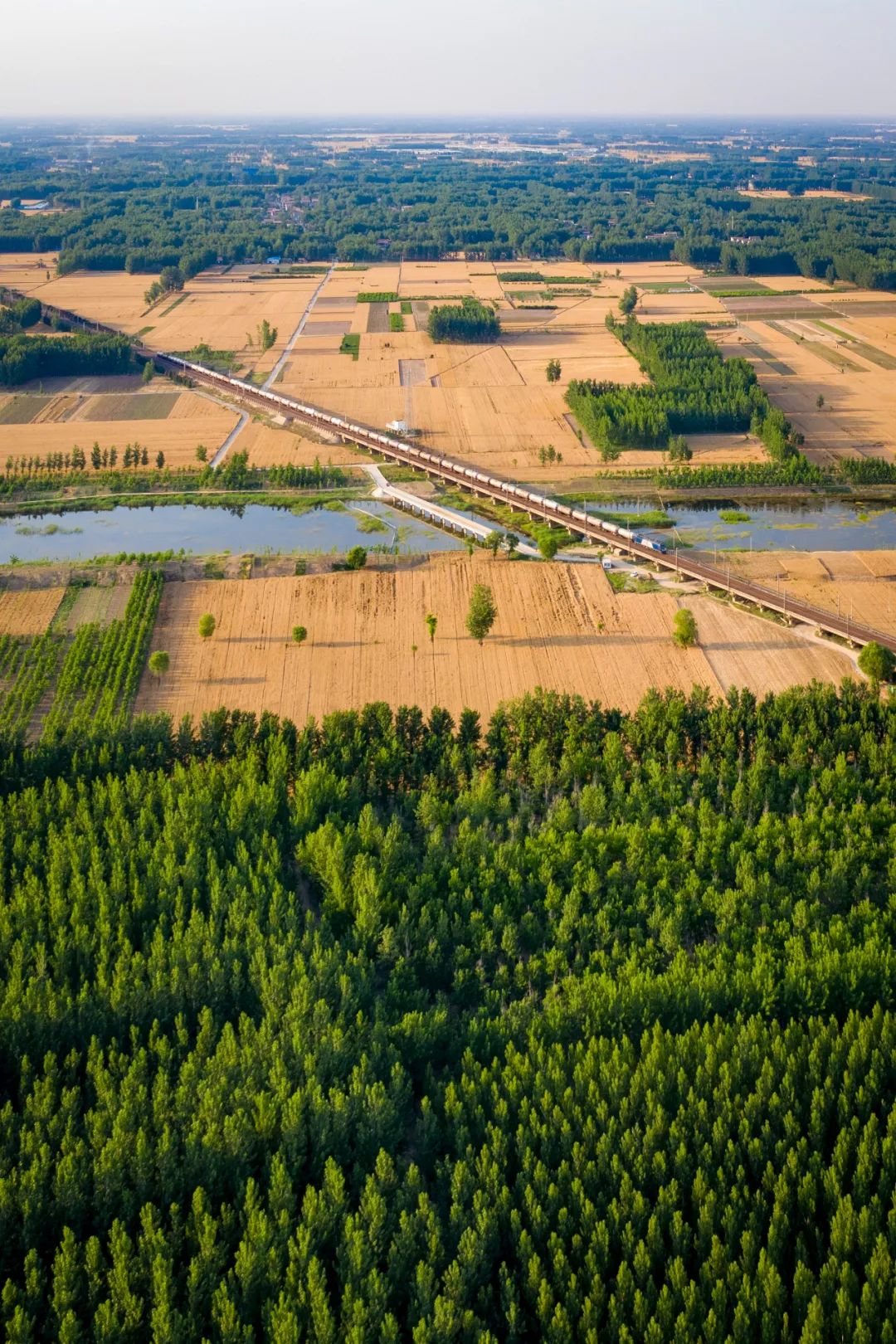
Photography/Fu Ding
Compared with the difference between the ink of the north and south of the Qinling Mountains, the Huaihe River is like a blurred boundary line with a faint pen and ink. There are differences and commonality in the north and south of the Huaihe River. A pair of brothers cities named Huaihe -Huainan and Huaibei, a pair of non -borders, are north, belonging to the warm temperate zone, a south, in the transition zone of warm temperate and subtropical; Huaibei is an endless plain. There are also some low hills.
Ba Gong Mountain, Huainan's cultural mountain.
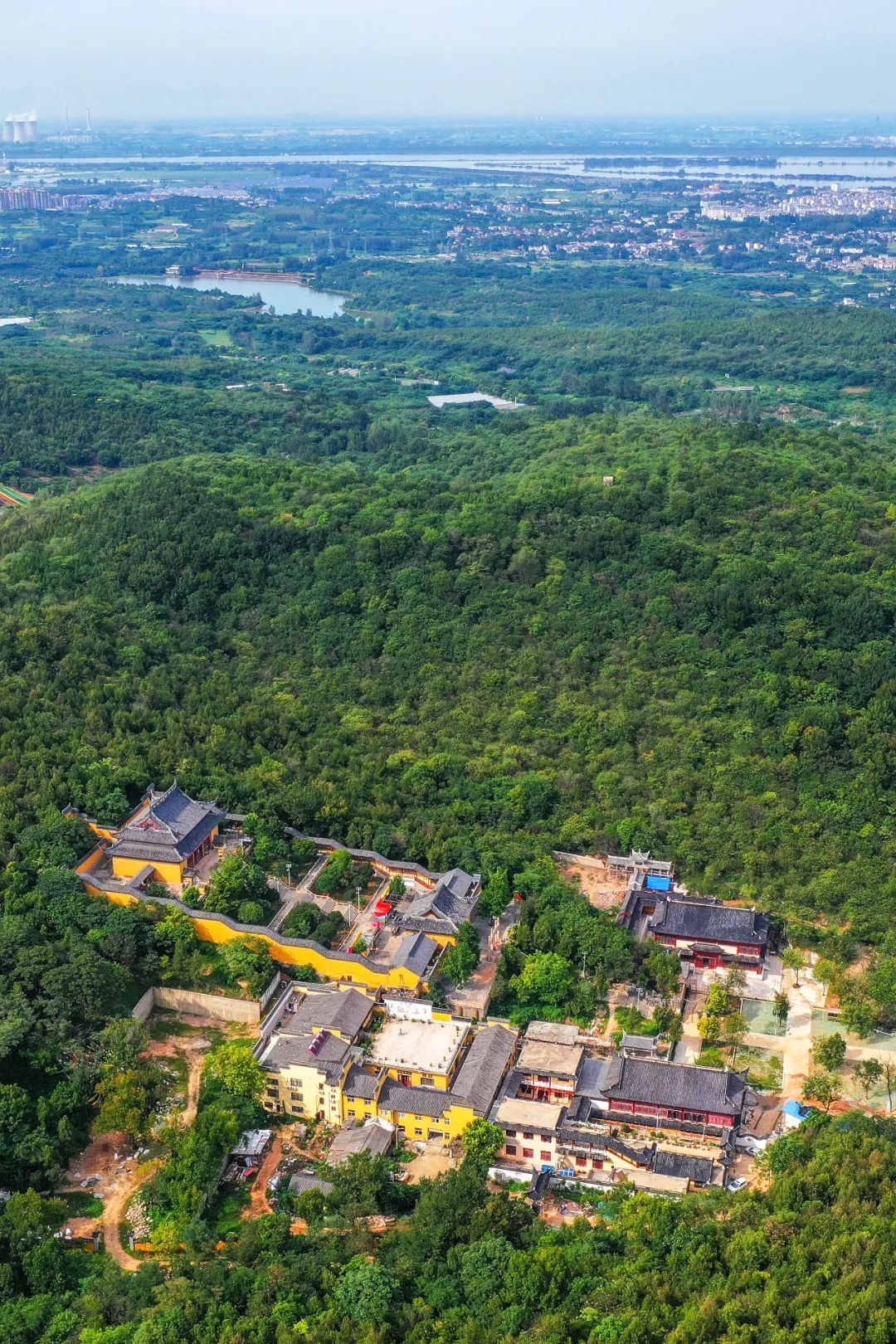
Photography/Li Qiong
Due to the differences in geography, climate, water quality, soil, etc., crops in the two places are also different. Of course, Huainan Huaibei here does not specifically refers to the two cities, but south of the Huaihe River and north of Huaihe River. However, both cities are important coal cities. Huainan has become the largest city in China for coal transportation due to coal transportation. Six dialects gathered in Anhui,
The dialects in Huainan and Huaibei are also different.
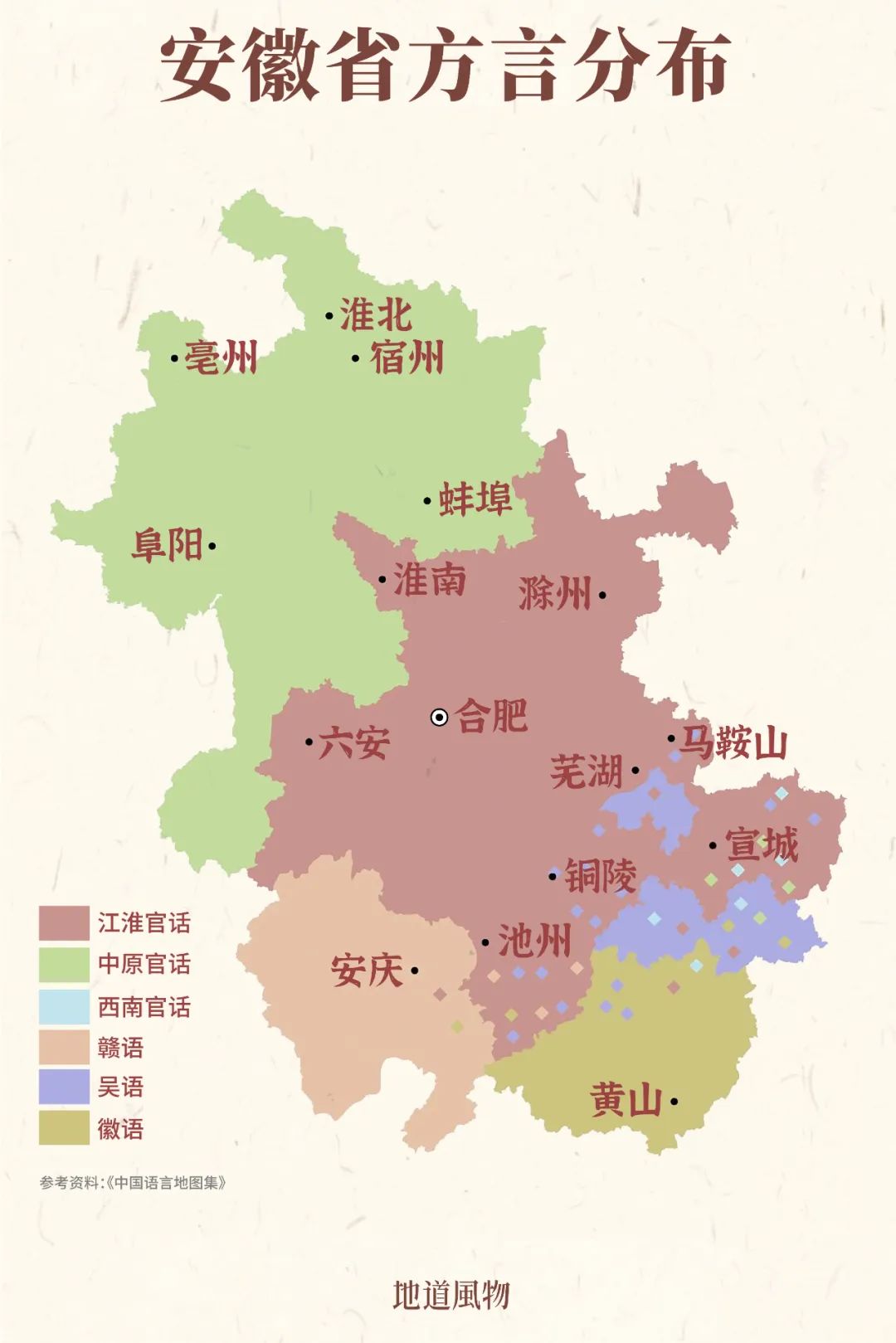
Drawing/Wang Yue, a sip of SA soup, almost sprayed out
In addition to the association with the Huaihe River in northern Anhui, the same place, as other parts of the Central Plains, is mostly simple and heavy, with a long history.
As far as the ancient times, it was said that Dayu held a "Tu Shan Conference" in northern Anhui. This is the origin of the place name of the Yuhui District of Bengbu. The "Bo" of Bozhou was once the name of the capital of Shangtang, which has been used to this day. More place names in northern Anhui are from the ancient countries of the Spring and Autumn Period and the Warring States Period.
Bleak
Cheng Tang destroyed Xia to establish the Shang Dynasty, and was in Bozhou in 190 years.
Photography/Shi Yaochen

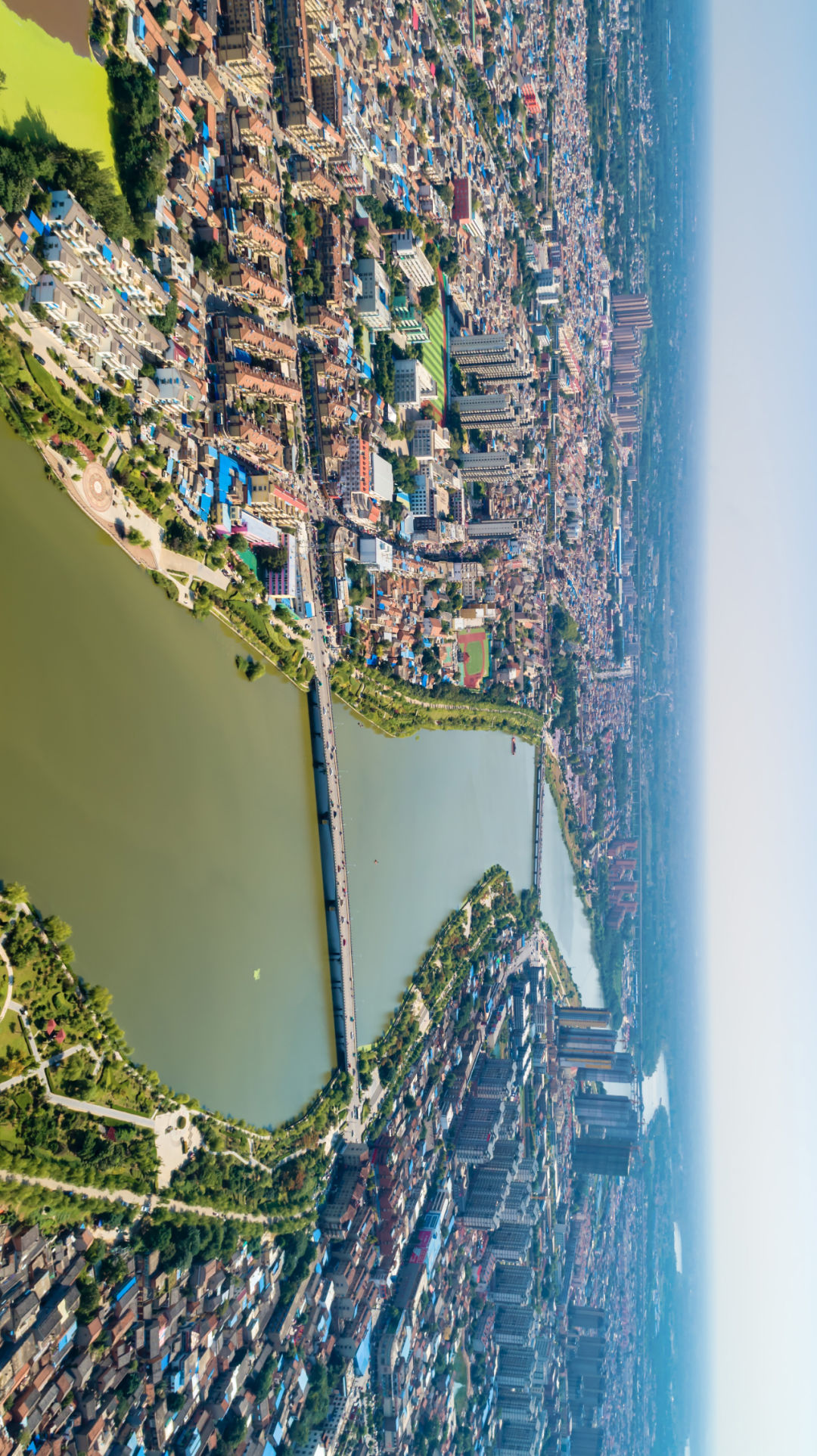
For example, Suzhou and Xiaoxian are named for Su Guo and Xiao Guo during the Spring and Autumn Period. Huainan Fengtai, known as the state in ancient times, is also the national name of the Spring and Autumn Period. Take the Overseas Prefecture County, Dangtu County, Ma'anshan City, was originally near Huaiyuan County, Bengbu. Because there are Tu Shan in the country, the people here think that they are descendants of Gu Tu Shan Kingdom, so they are called Dangtu.
Bleak
Du Lulou Town, Xiaoxian County, Suzhou, here is the longest village place name--
Show the reed car cattle back.
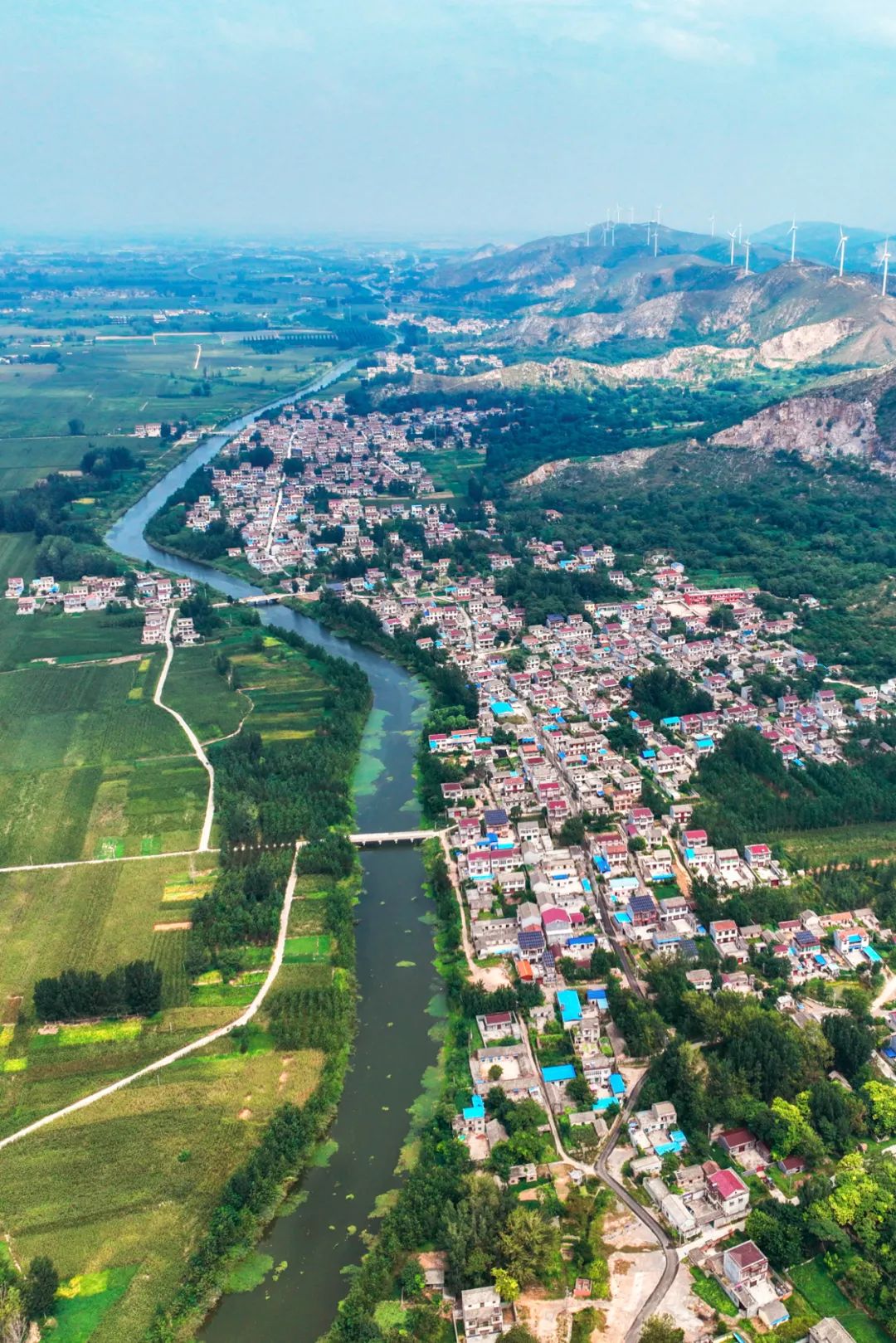
Photography/Li Qiong
Shouxian was called Shouchun in ancient times, and was the last capital of Chu during the Warring States Period. Here, the Huaihe River flows from the north to the north of Shouchun from the west, and the Luohe River and the East Luhe River are imported north to the Huaihe River. The famous Bagong Mountain stands in the north hills. During the Northern and Southern Dynasties, the "Battle of the Water" occurred near Lake Wabu here.
The Battle of Lishui was a well -known battle in history, and the former Qin who defeated the defeat also perished. Also loaded into history, there are idioms born in the war, such as we are familiar with: "Eight Gongshan, grass and trees are soldiers", "wind sounds", "Dongshan reappear", "success or failure here" and so on.
The drumming performance in Lushan County, Suzhou has a strong breath in the north.
Photography/Li Qiong
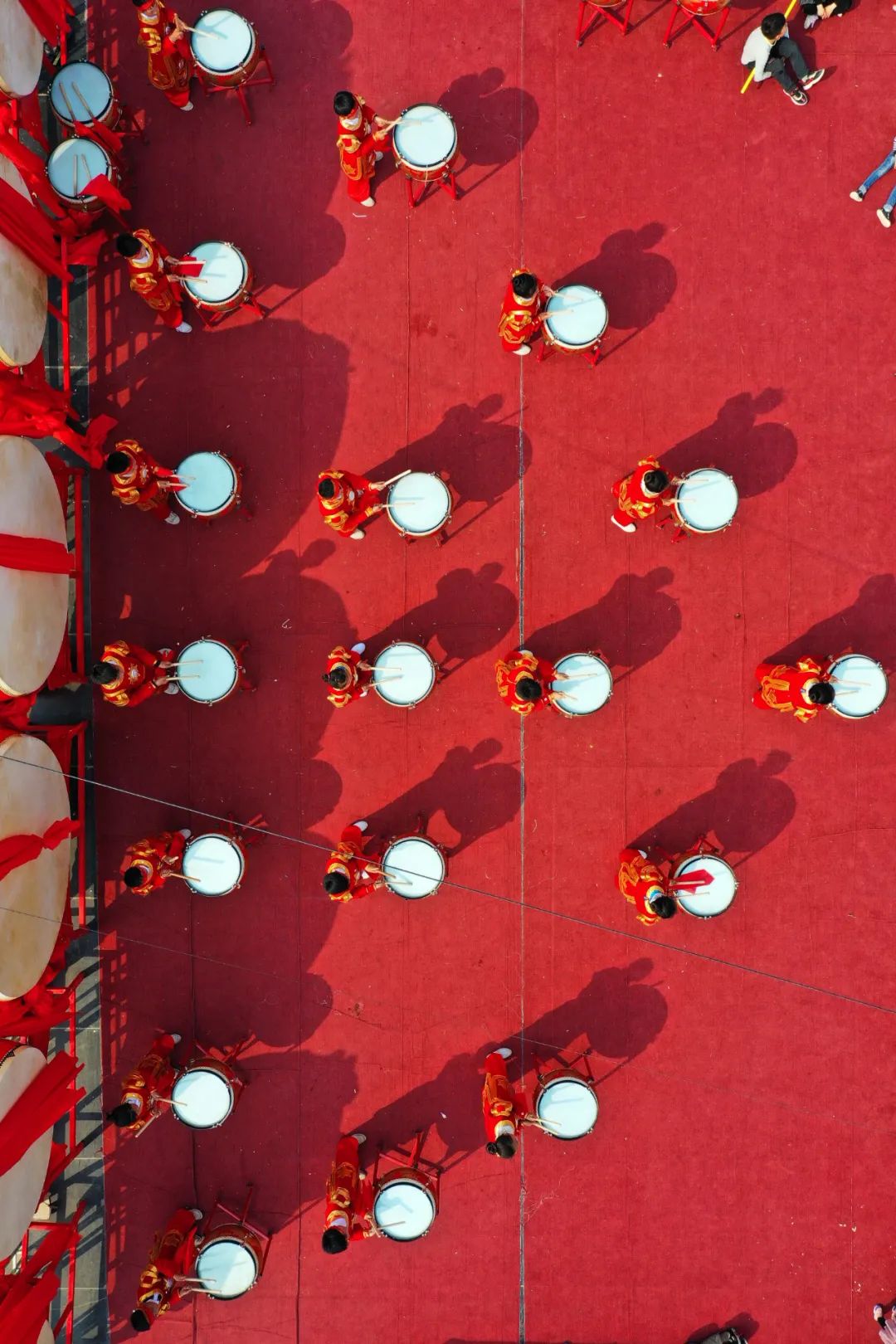
There are also many familiar place names on the historical textbooks in northern Anhui. Daze Township, Chen Sheng and Wu Guang Uprising at the end of the Qin Dynasty, and the battlefield where Chu and Han fought against the final battle, were known as one of the "Seven Ancient Battlefields in the World", all in Suzhou.
As the boundary between the north and south of China, the Huaihe River is not a clear line, but a vague area. For northern Anhui, central Anhui is a vague area. The central Anhui has both north and south, as is the place names.
Fighting the sheep competition, in the junction of Lu and Anhui.
Photography/Li Chuanxin
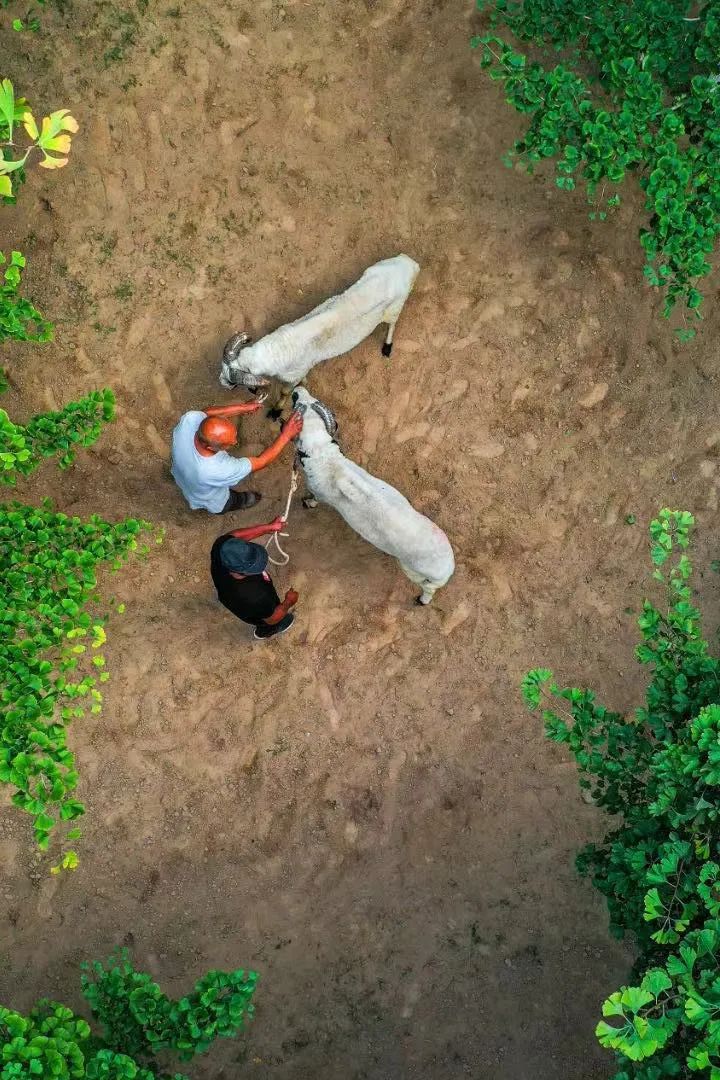
Central Anhui, penetrating north and south
History and poetic, I want all!

Central Anhui between the Yangtze River and the Huaihe River belongs to the Jianghuai area in the north of Jiangsu. The dialects, food customs, and landforms here are the Huaiyang charm of the north -south transition. The place name is also, there is both a heavy history and a beautiful poetry.
Bleak
Chaoshan, Chaohu City, has both plains and mountains in Central Anhui.
Photography/Li Qiong
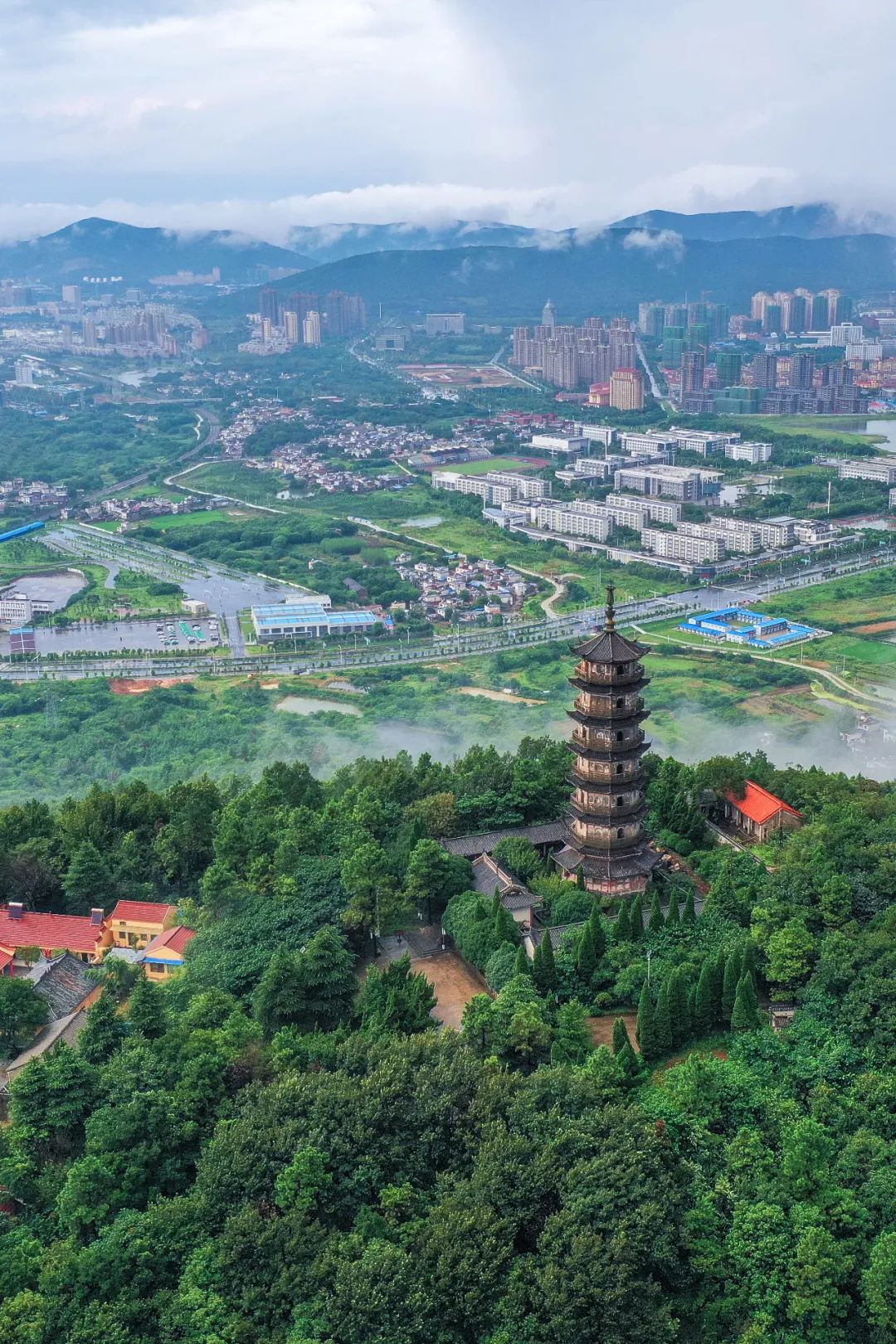
In the center of Central Anhui, there is a city named after the "two fat people". Compared with the old named Luzhou who was written in the song, her name was often rustic. Its travel slogan, from hacking, makes people distressing--
In
Click to see, is it really "two fat people"?
Figures/Wu Yanyang
This "two fat people" is exactly the provincial capital of Anhui -Hefei. In fact, this name appears much earlier than Luzhou. It was when Sima Qian wrote "Historical Records" more than 2,000 years ago. Appear.
So how did "Hefei" come from? In fact, Hefei should be "Heye" -the Dongyu River and Nanyu River originated here. According to the ancestor of the dictionary "Erya": "Bettering out of the same saying that the same fertile", Hefei was named. The interpretation of the Northern Wei Dynasty Daoyuan is different. He wrote in the "Water Sutra": "Shi (now the South Luohe) is in line with Fei (now Dongyuhe)." In any case, it is an indisputable fact that Hefei is named by the Dongzhu River and the Nanyu River. The county names of the county under the jurisdiction of Hefei are full of fairy Xia Er.
Map/Sun Lu
Hefei, as a city surrounded by famous mountains, Dawa, Yu Pond, and Farmland, the names of the counties and counties have also occupied the "rivers, lakes and lakes and sea". Except for the two magical place names of Feidong and Feixi, and the other are Shi Mountain, Yaohai, Chaohu, Lujiang, Baohe, which are full of Xianxia Fan'er ... Yes, Shushan is not in Sichuan, not in Sichuan, not in Sichuan, it is not in Sichuan. And in Hefei.
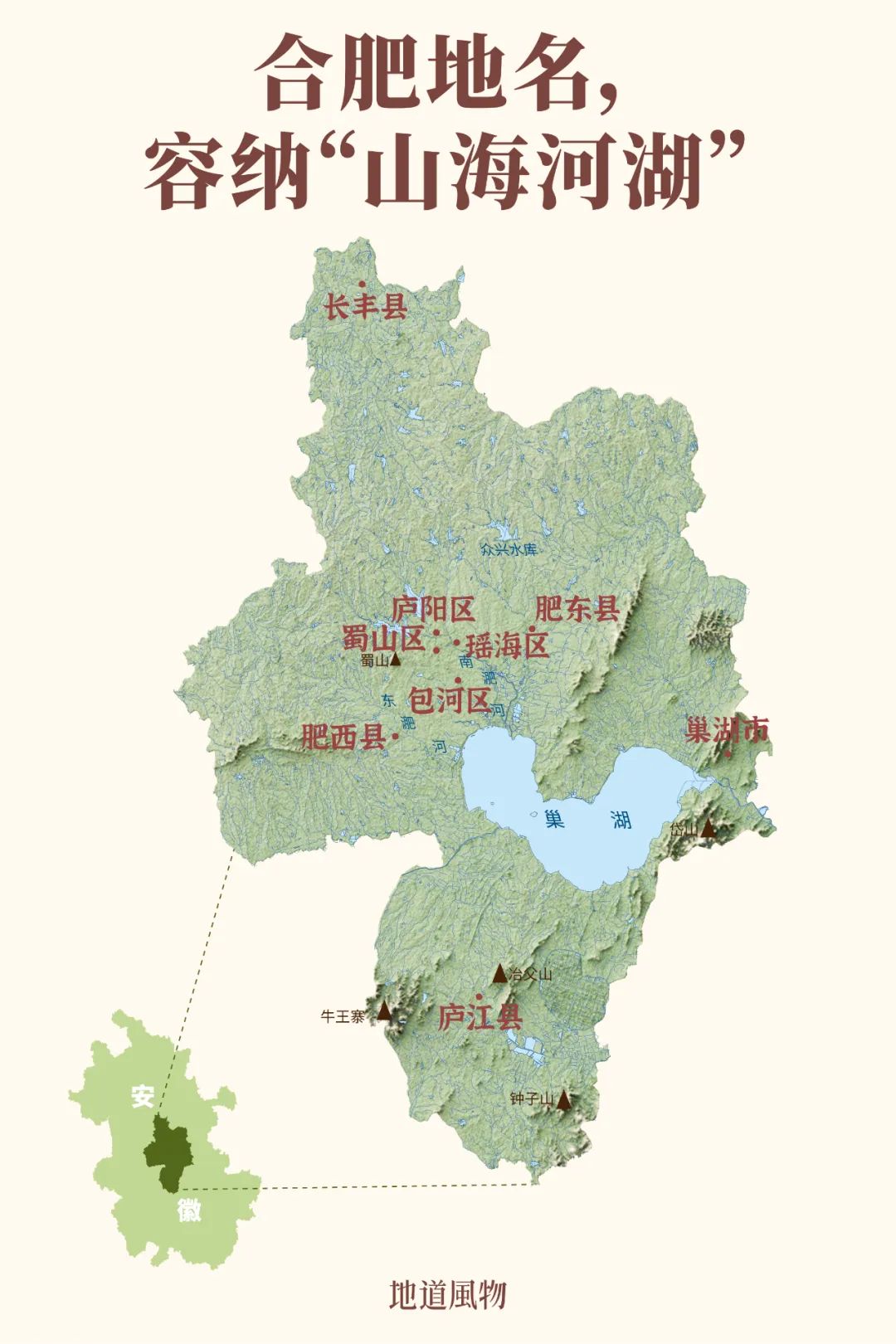
Hefei goes southwest. Here, as many mountains as southern Anhui, western Anhui Mountains composed of Dabie Mountain and Huoshan. When there is Emperor Hanwu, it is named "Nanyue" and the second peak of Dabie Mountain. Zhu Shan can be described as an expert. Since ancient times, it has multiple names such as Tianzhu Mountain, Qianshan, and Wanshan. Child. Anhui in Anhui also comes from Tianzhu Mountain.
Slide to the left
Tianzhu Mountain is also called Wanshan, and Anhui comes from this.
Figure 1 Photography/Li Qiong Figure 2 Photography/Shi Yaochen
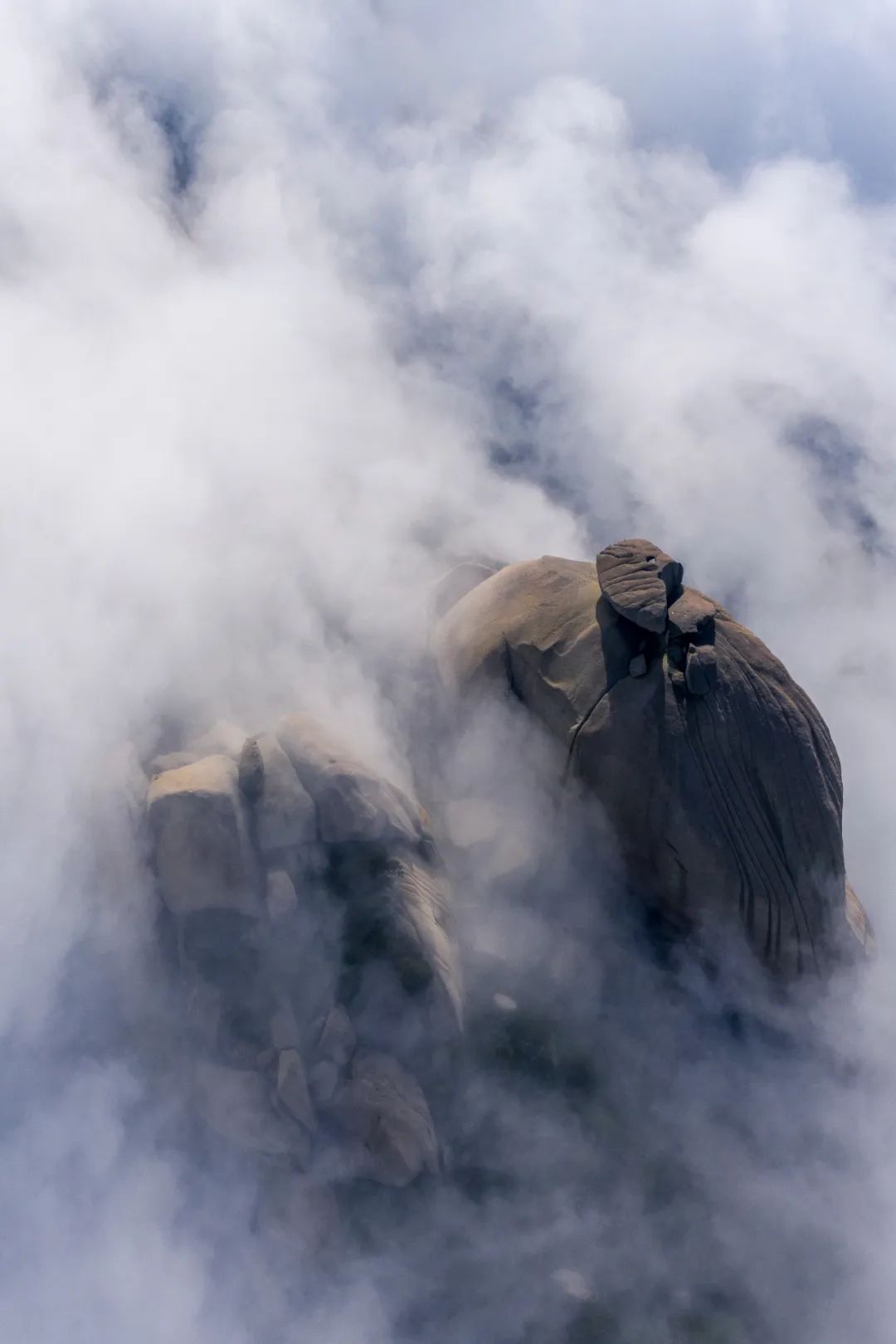
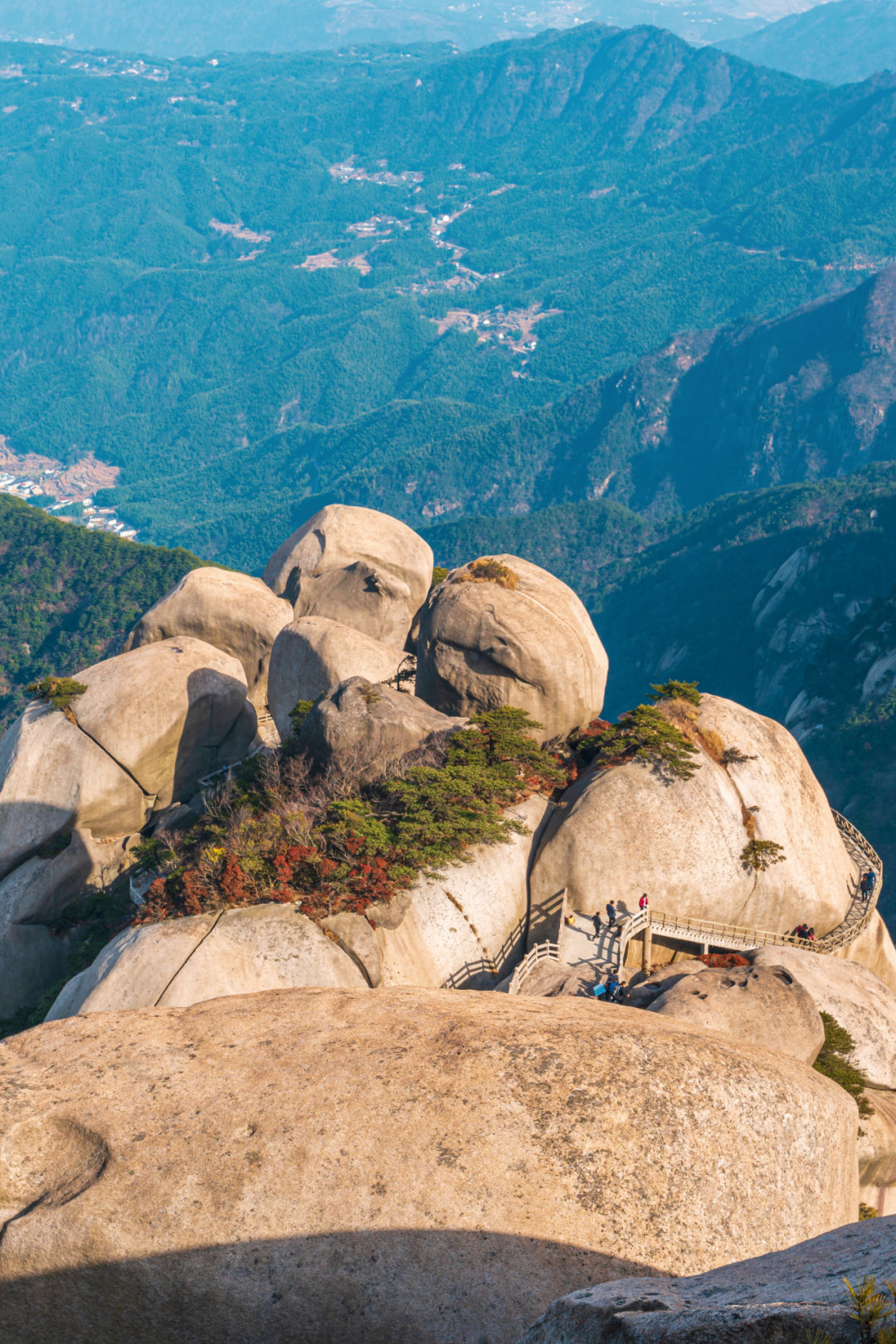
Here are as much as southern Anhui. The "Chong" often seen in the name of the small place -Yalin Chong, Yao Haichong, etc., are geographically flat land with water. area.
Like northern Anhui, there are many historic place names like northern Anhui. The rural areas in central Anhui are "郢" and "Zi Zi (Zi)" everywhere. They are named after Chu's "郢" and are the relics of the Chu culture of the Spring and Autumn Period and Chu.
The ancient town of the coast of Chaohu is the product of the integration of north and south.
Photography/Wang Yuemin
After the Qin Army broke through Shouchun, the nobles and people in the Chu Chun City fled in the Shouchun City. Many people exiled to the jACC to scattered. These Chu state survivors called the villages where they lived as "郢" to commemorate the home country. In the Central Anhui region, 20 or 30 households are called "small 郢", and hundreds of households are called "big 郢".
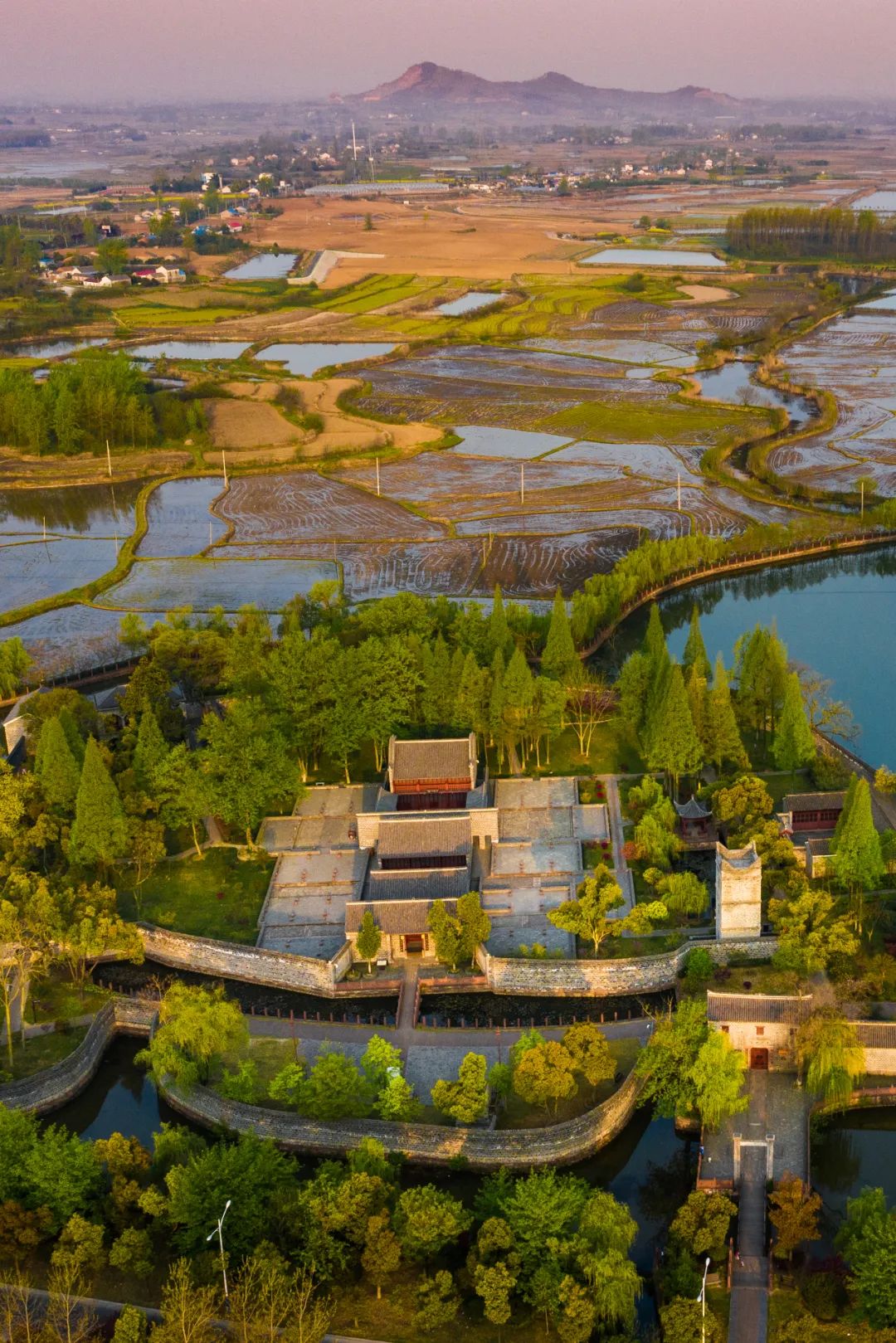
The Langya Mountain in Luzhou, according to the Song Dynasty's "Taiping Huanyu Ji", its name was related to the Eastern Jin Dynasty Emperor Sima Rui. Sima Rui used to be the king of Langya, and its king was named after Langya State in Shandong. Therefore, Langya Mountain in Luzhou also echoed the Langya State (county) in Shandong and inherited. Later, the Northern Song Dynasty Wenhao Ouyang Xiu wrote the eternal "Drunk Man Pavilion" here.
Luzhou Langya Mountain, Ouyang Xiu drunk land.
Photo/Visual China
The place name of Anhui is the microcosm of the differences between the north and south of Anhui, and it is also a microcosm of the differences between the north and south of China. In Anhui, the same county may be counted as fellows. This kind of north -south difference may also be reflected in the place names. Different place names see three different Anhui, and they see different history and landscapes.
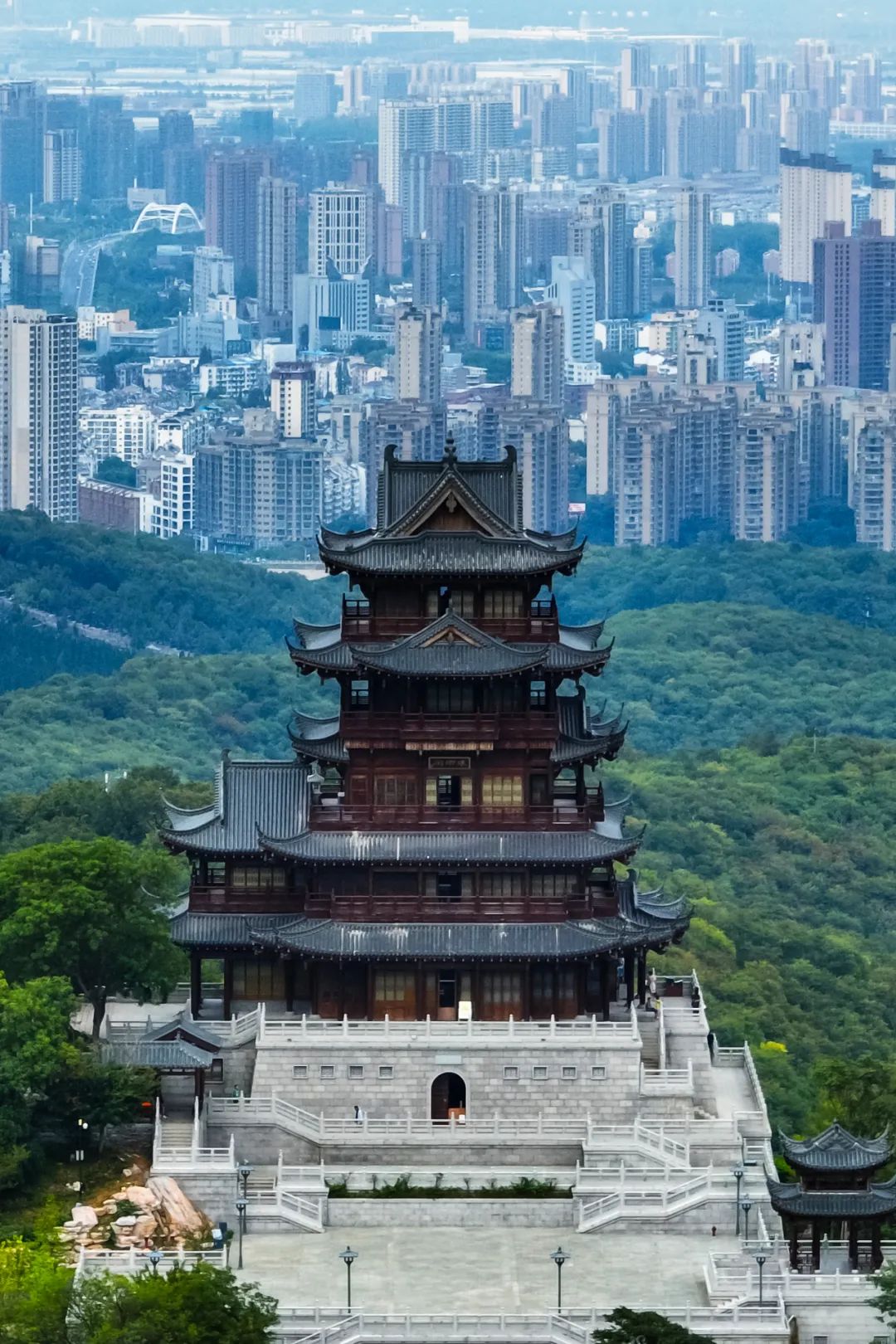
But what is unchanged is that these place names carry the memory of the city, which is the way home where every Anhui Youzi reads home.
Bleak
Wang Manfield Fish Lantern in Qixian County,
A native of Anhui who protects generations.
Photography/Fang Thomas
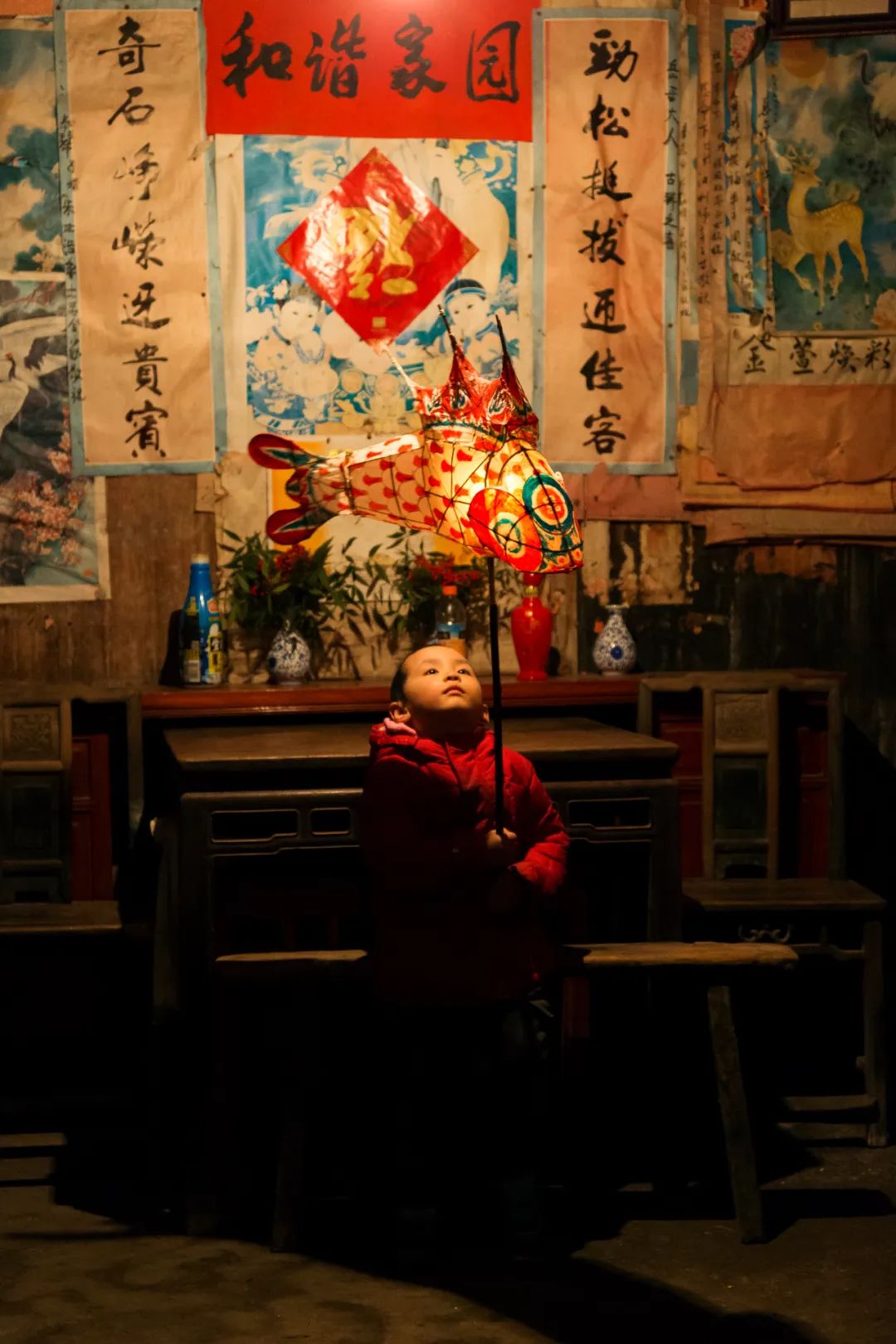
Reproduced content only represents the author's point of view
Does not represent the position of the Geological Earth of the Chinese Academy of Sciences
If you need to reprint, please contact the original public account


- END -
Xinjiang Coal Transportation Emphasized Channel Wuhui Railway Energy Expansion Transformation Project will be 100 million tons after being put into operation

On June 29, the construction personnel were constructed at the site of the Railway...
Beijing: The second floor of the Outpatient Building of the Civil Aviation General Hospital has visited those infected
Today (13th) in the afternoon, Beijing held the 400th press conference in the prevention and control of the new crown pneumonia.Liu Xiaofeng, deputy director of the Beijing Centers for Disease Control